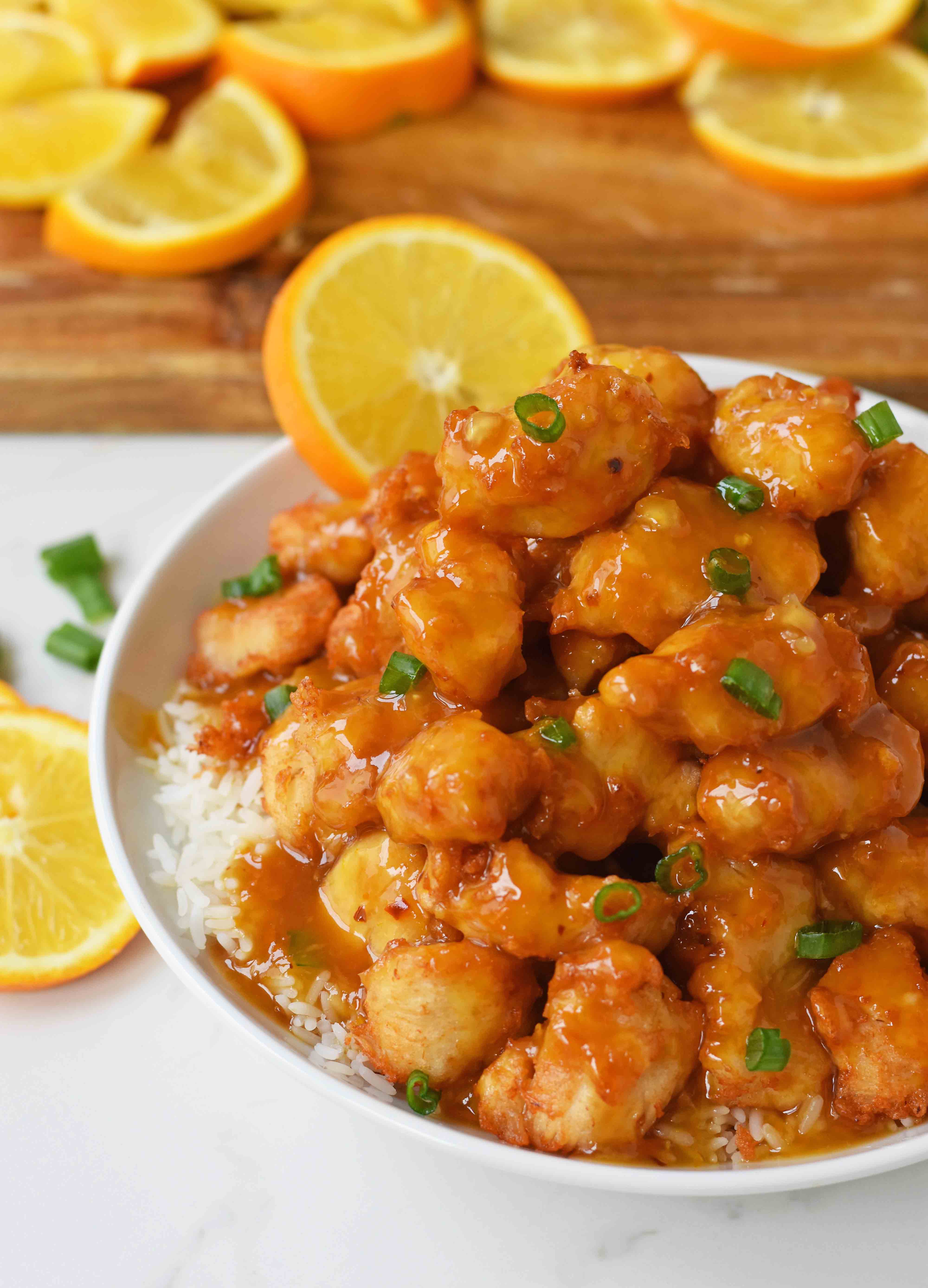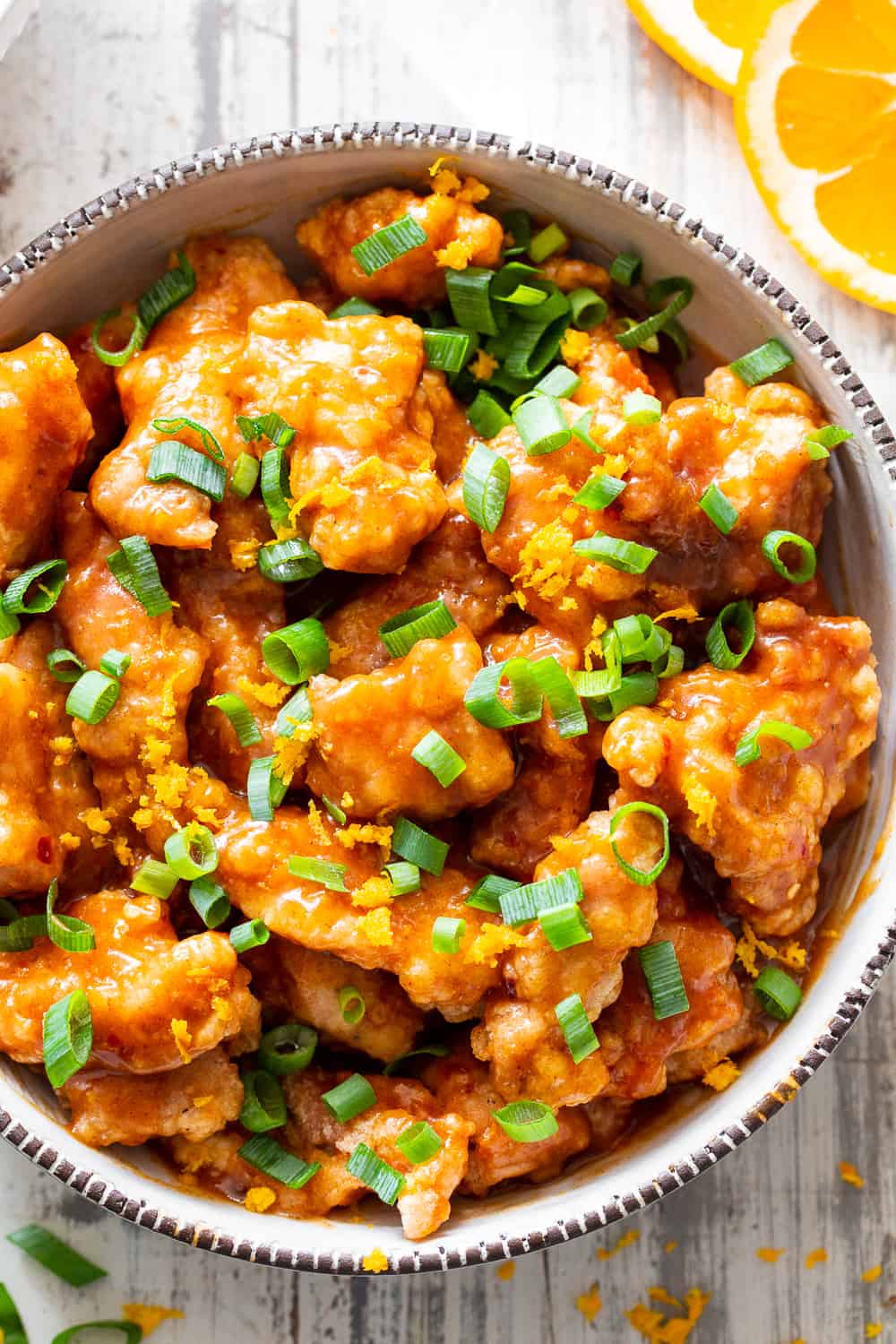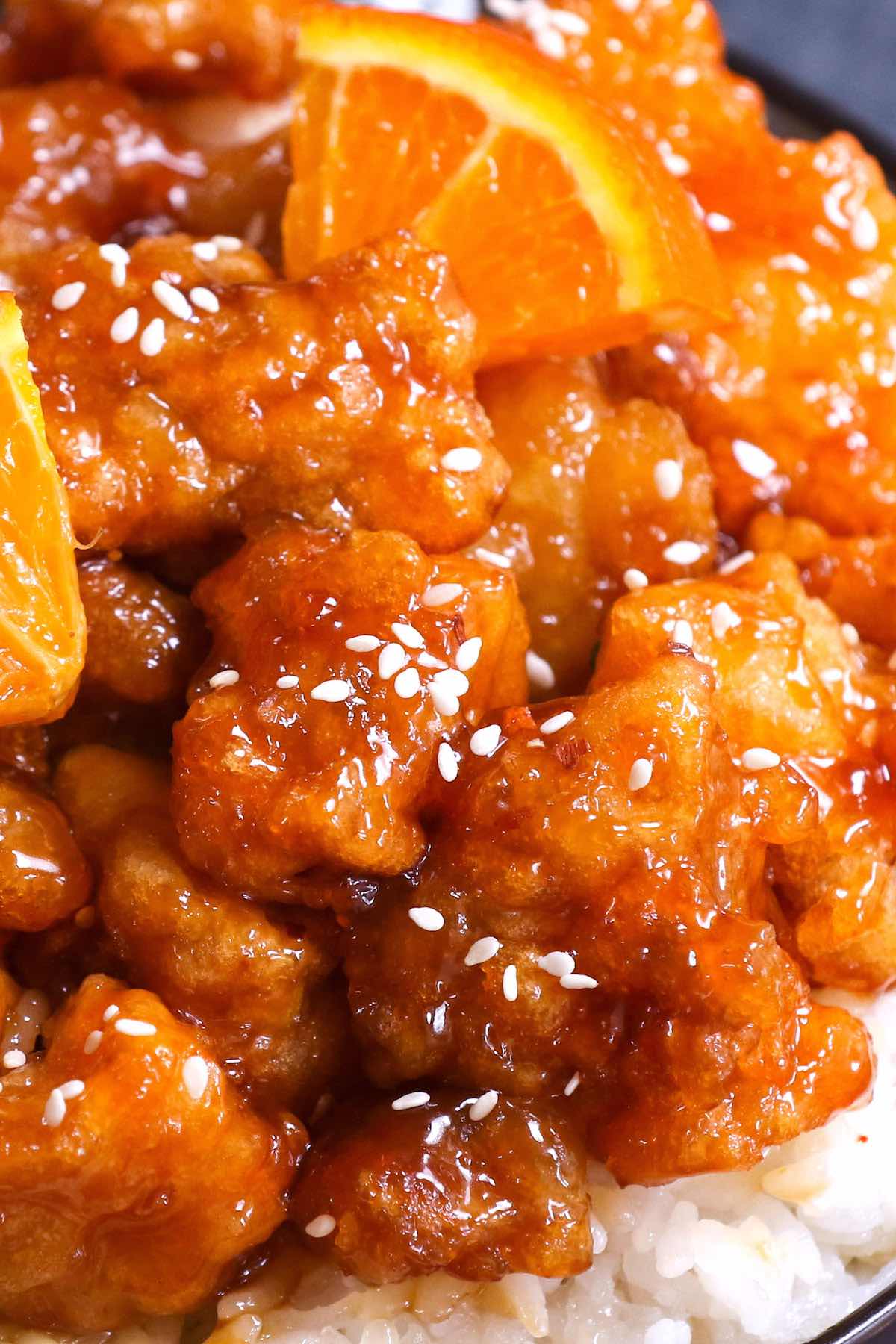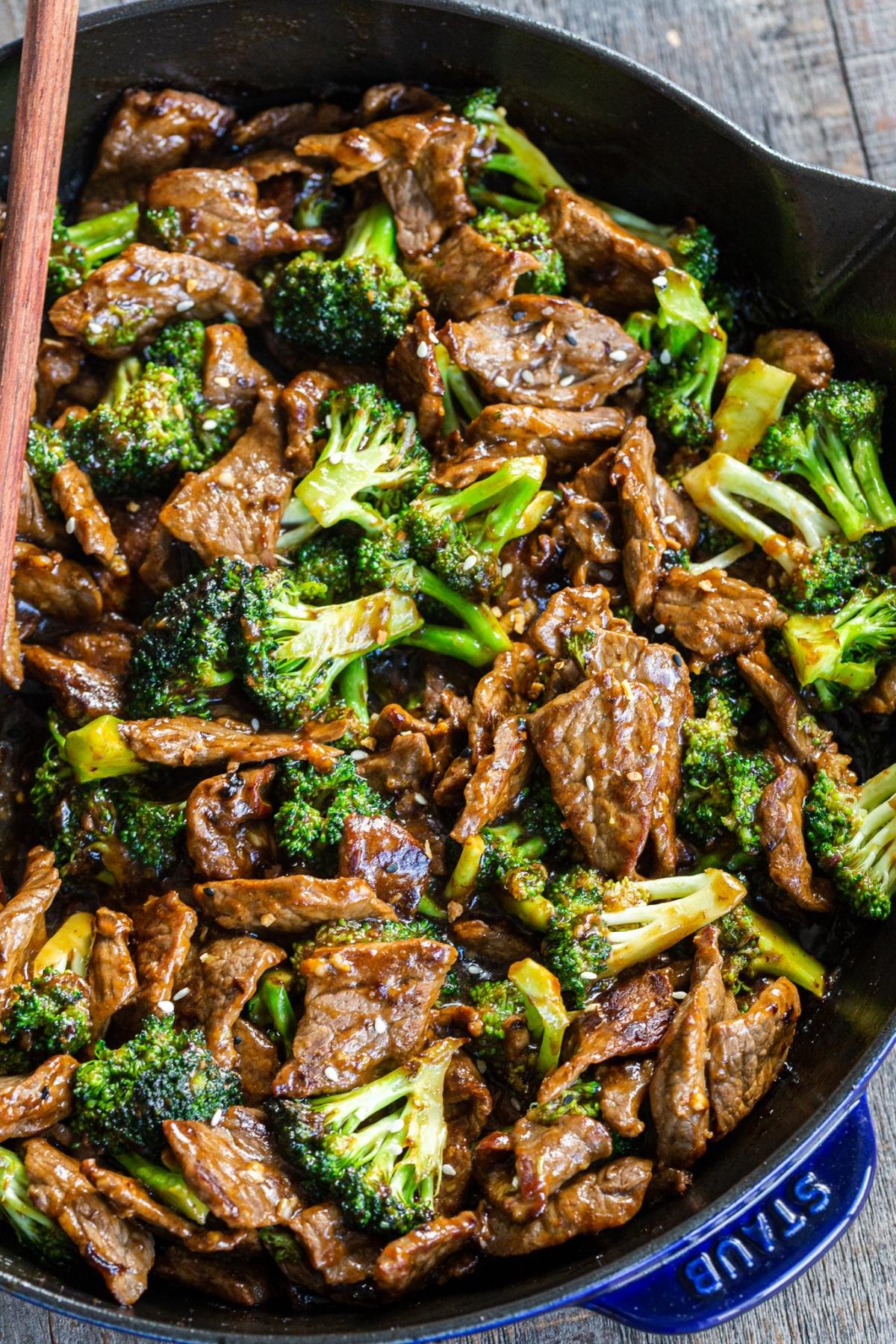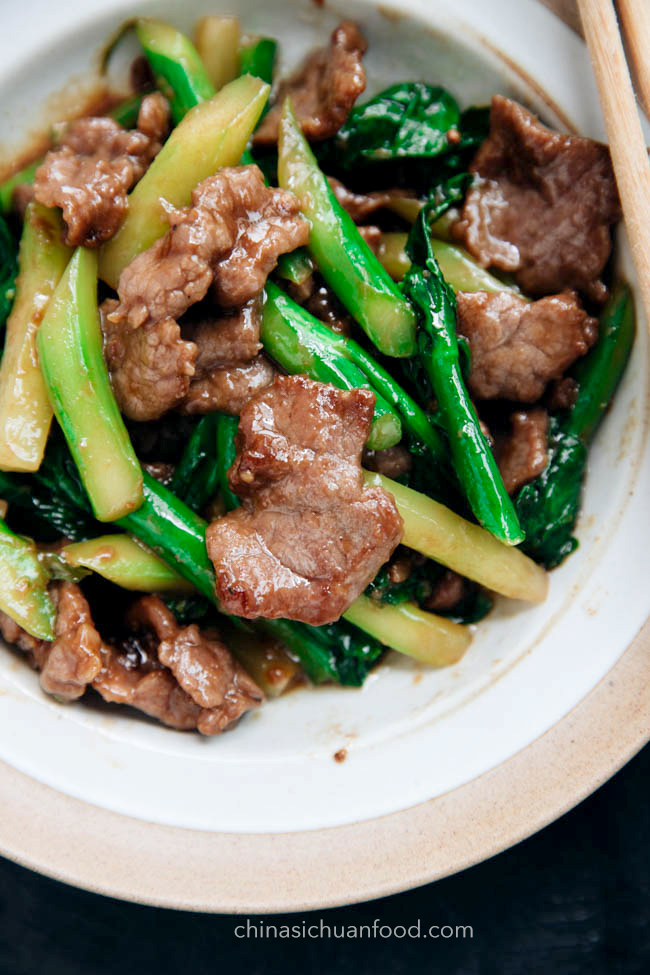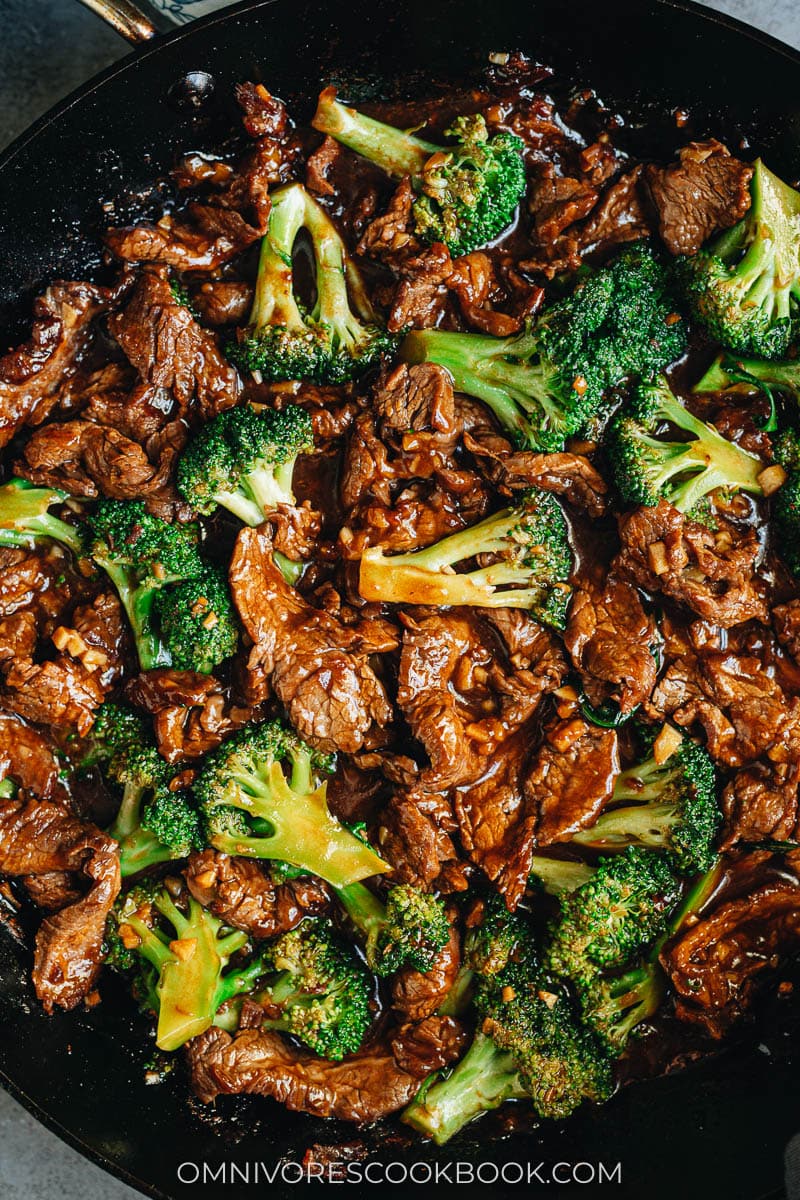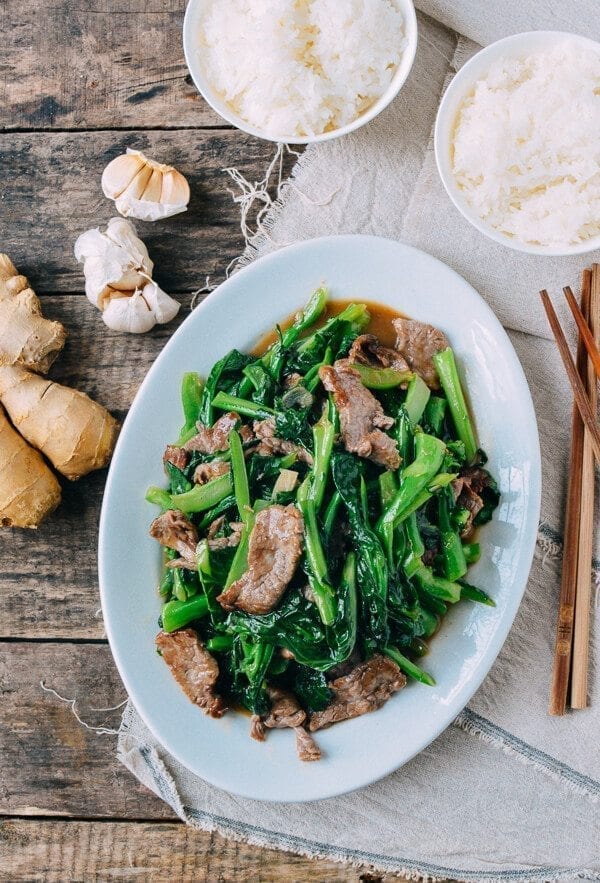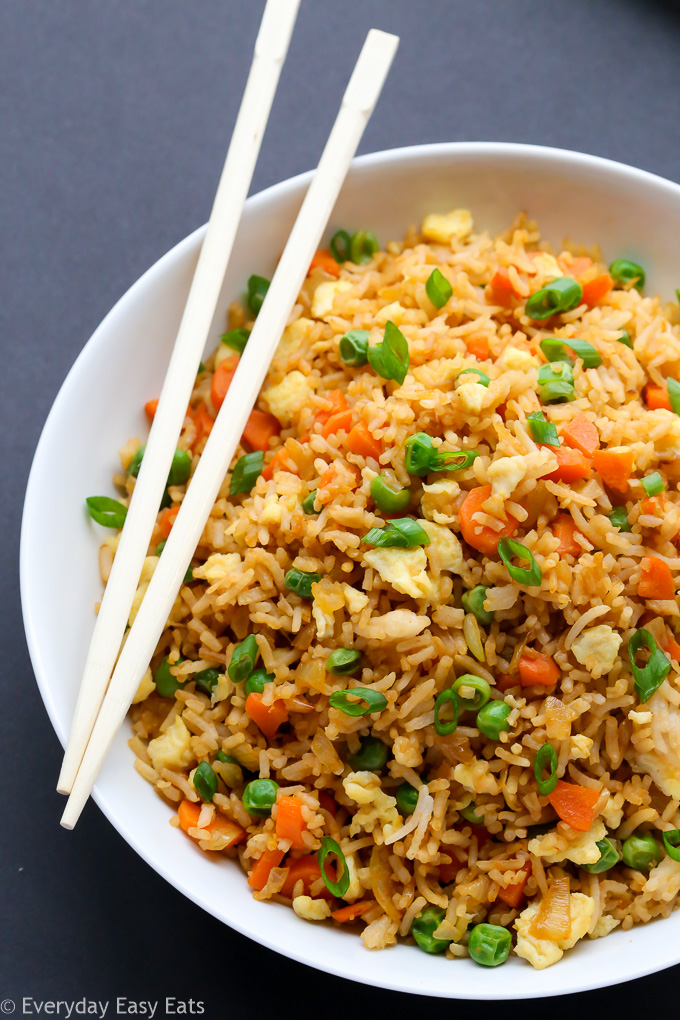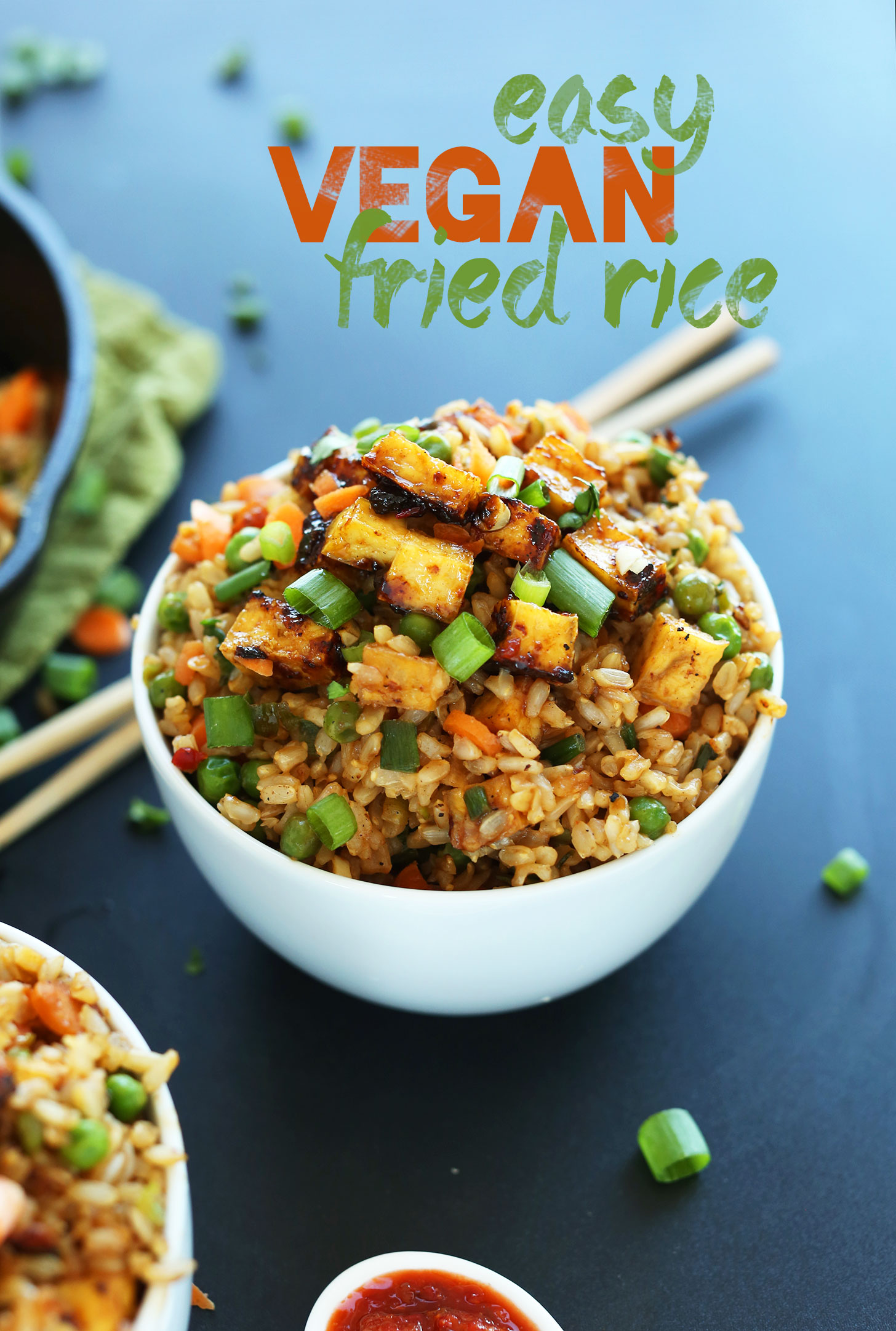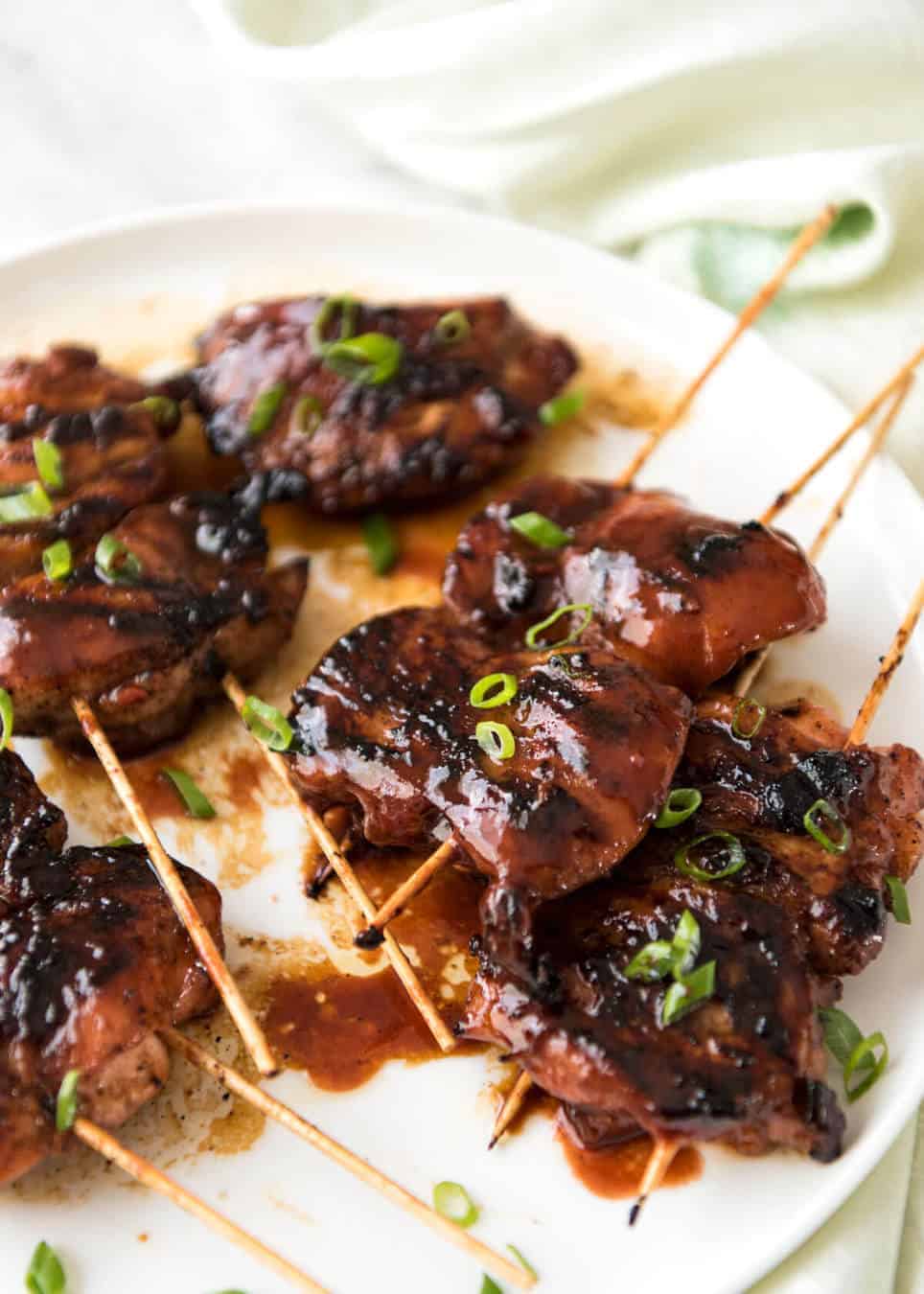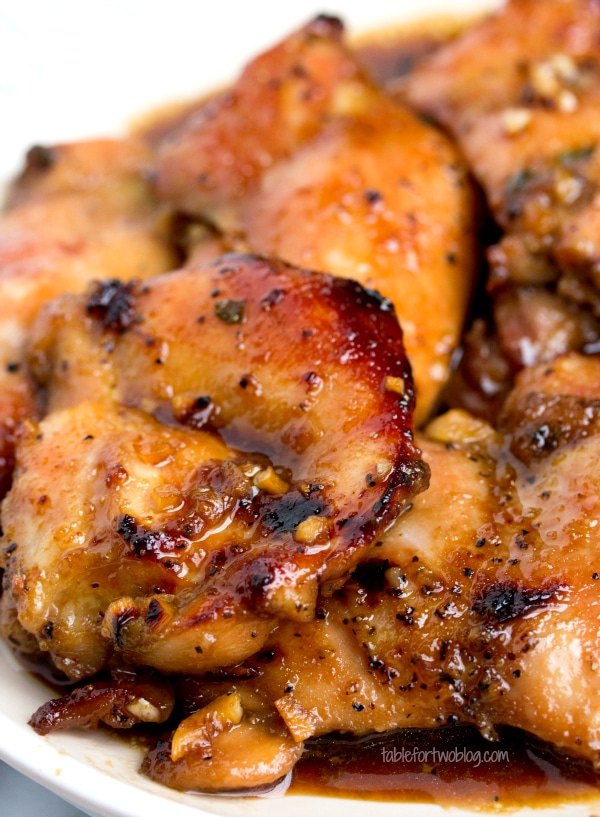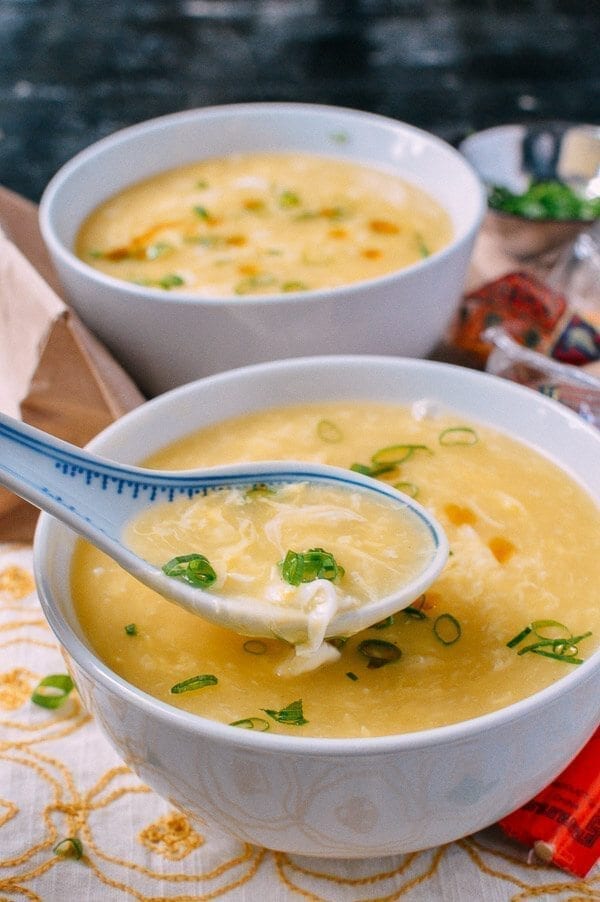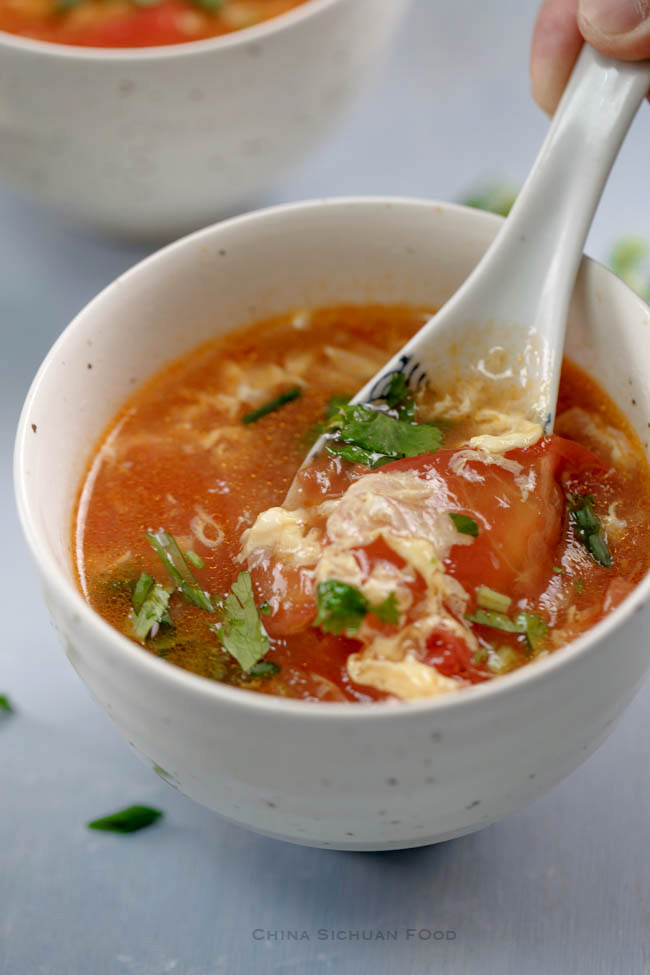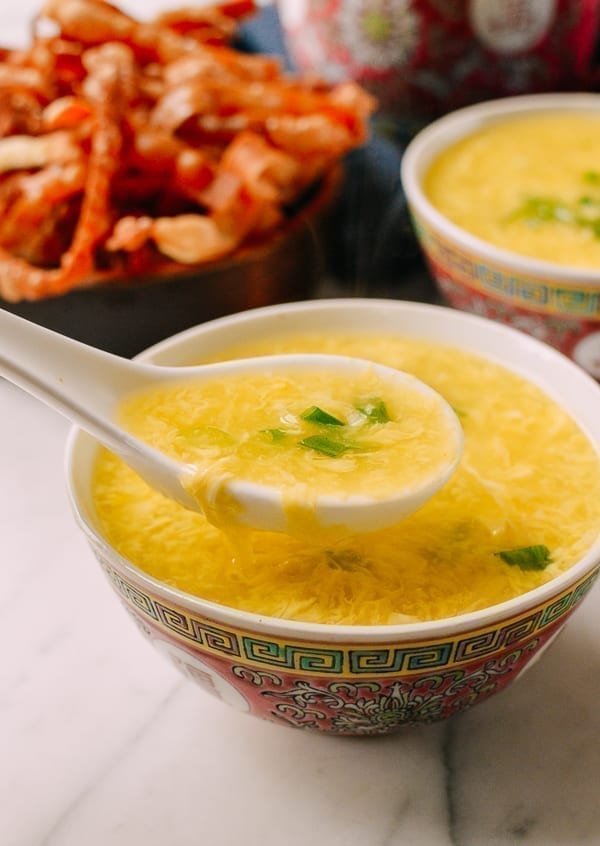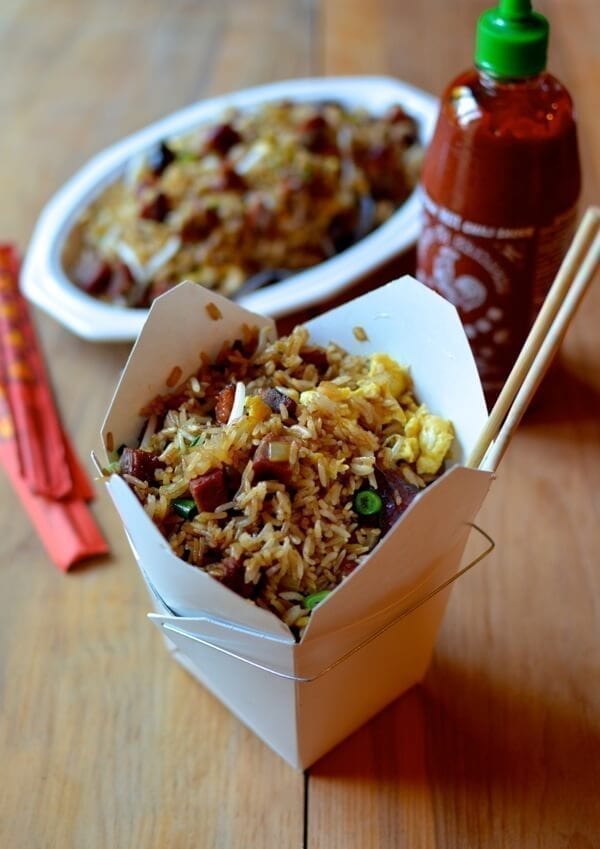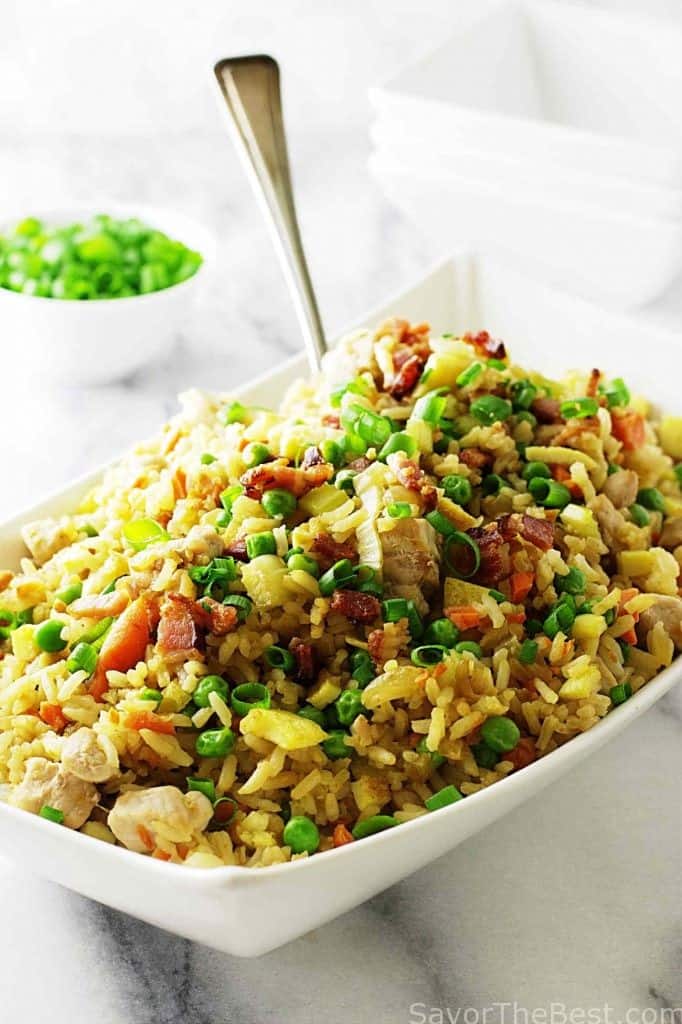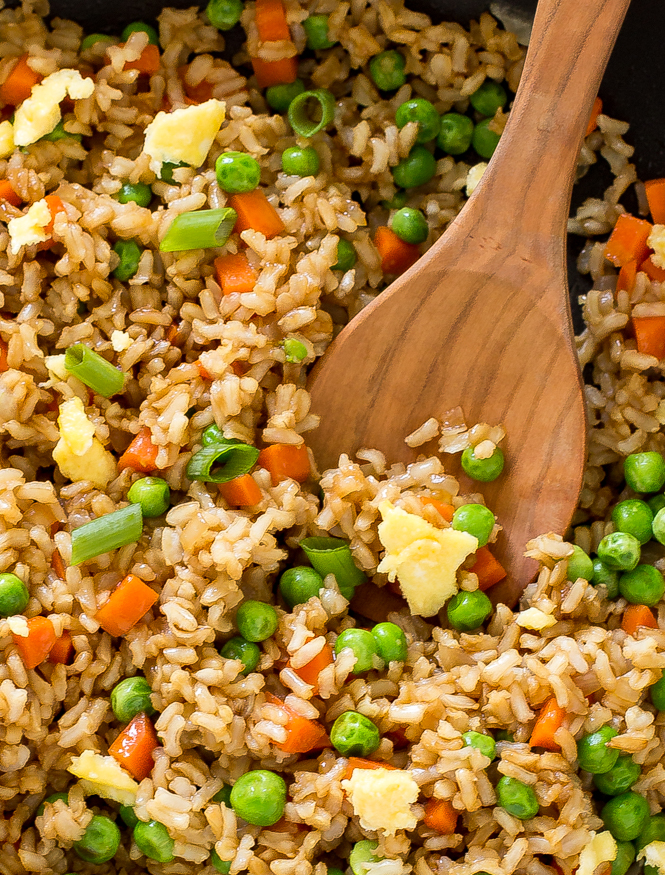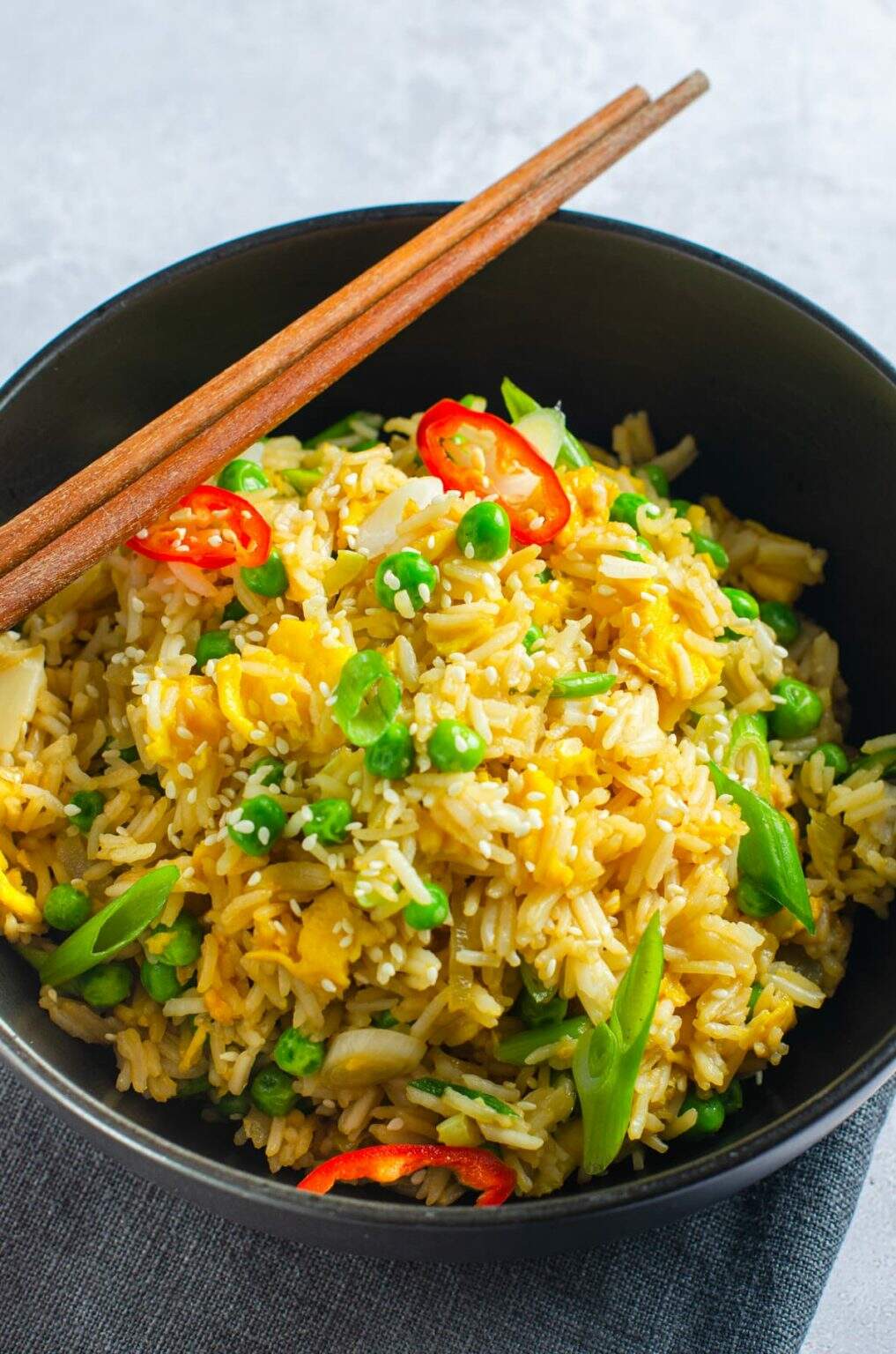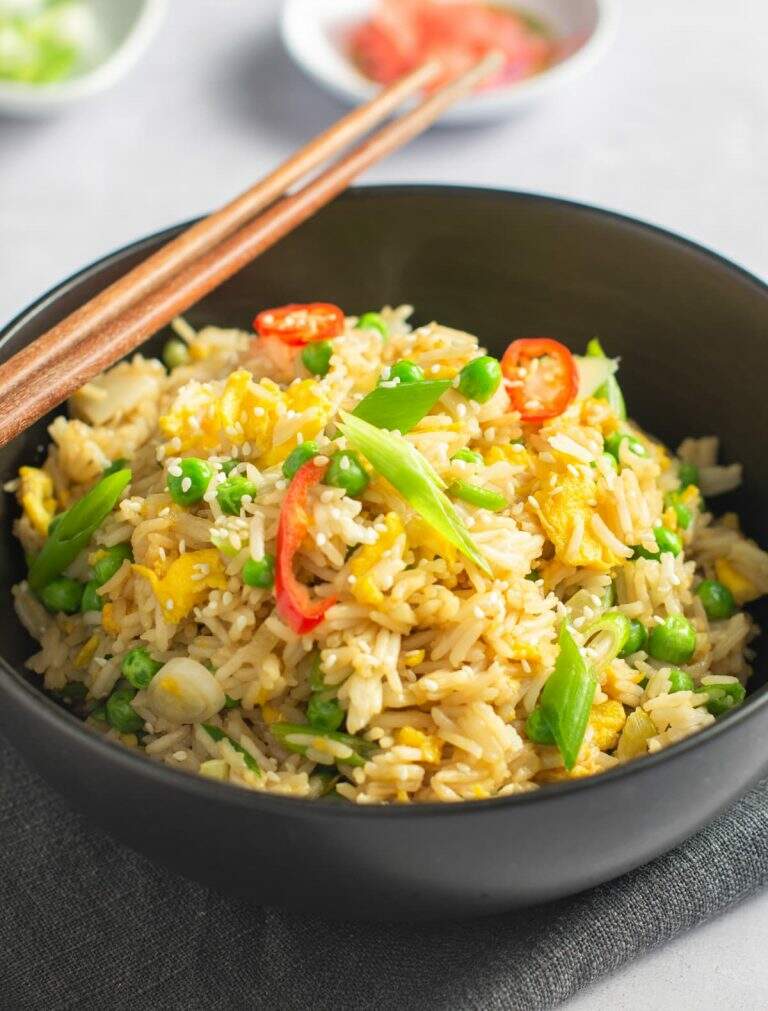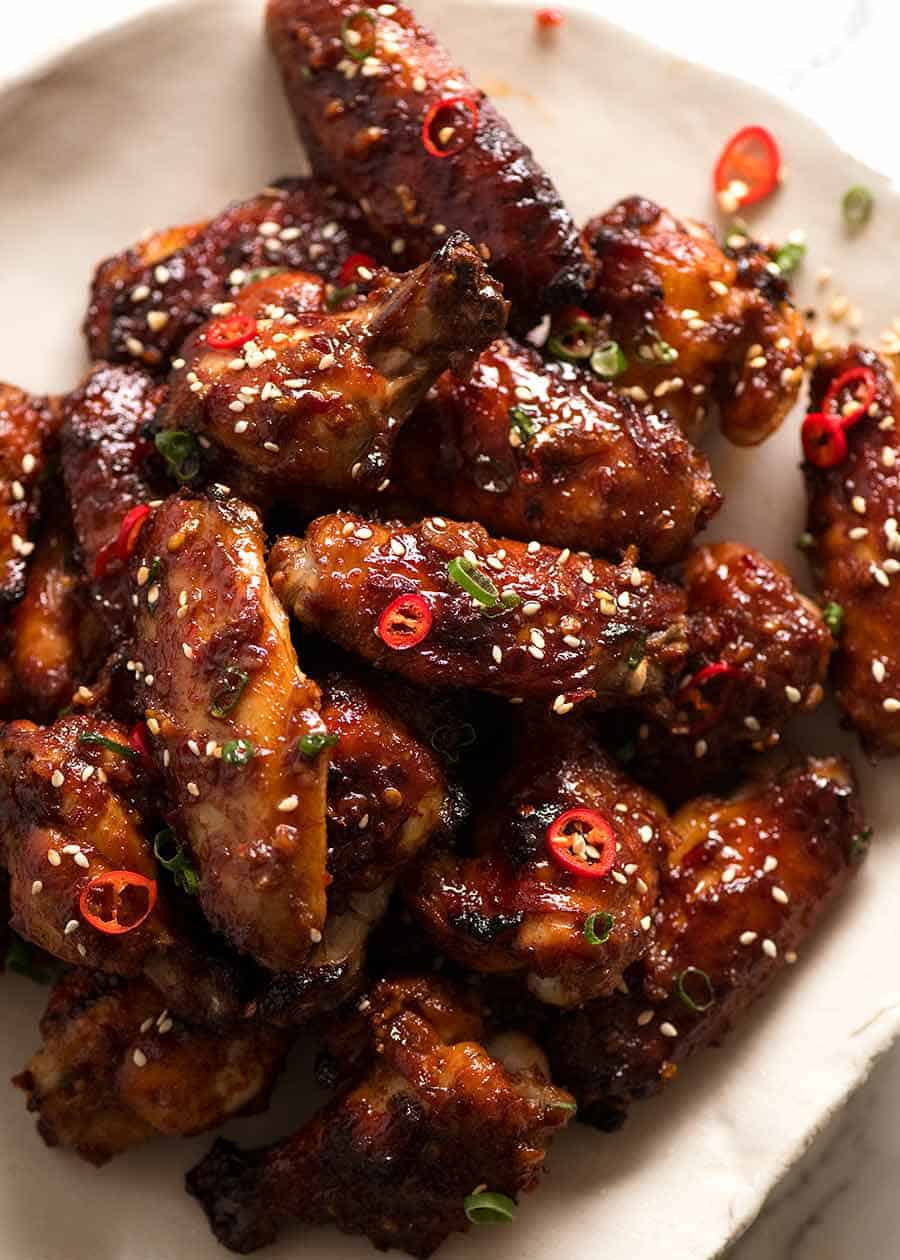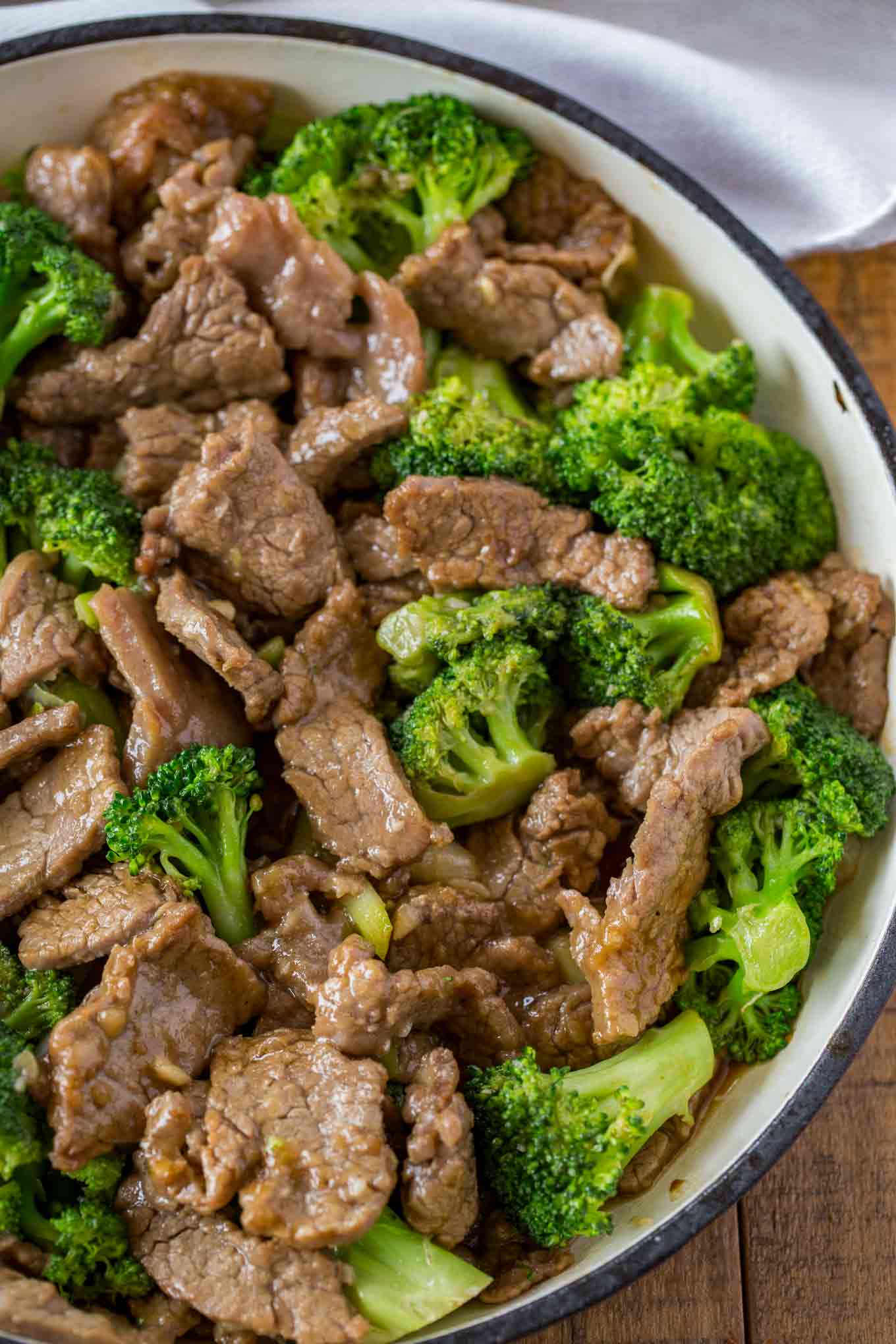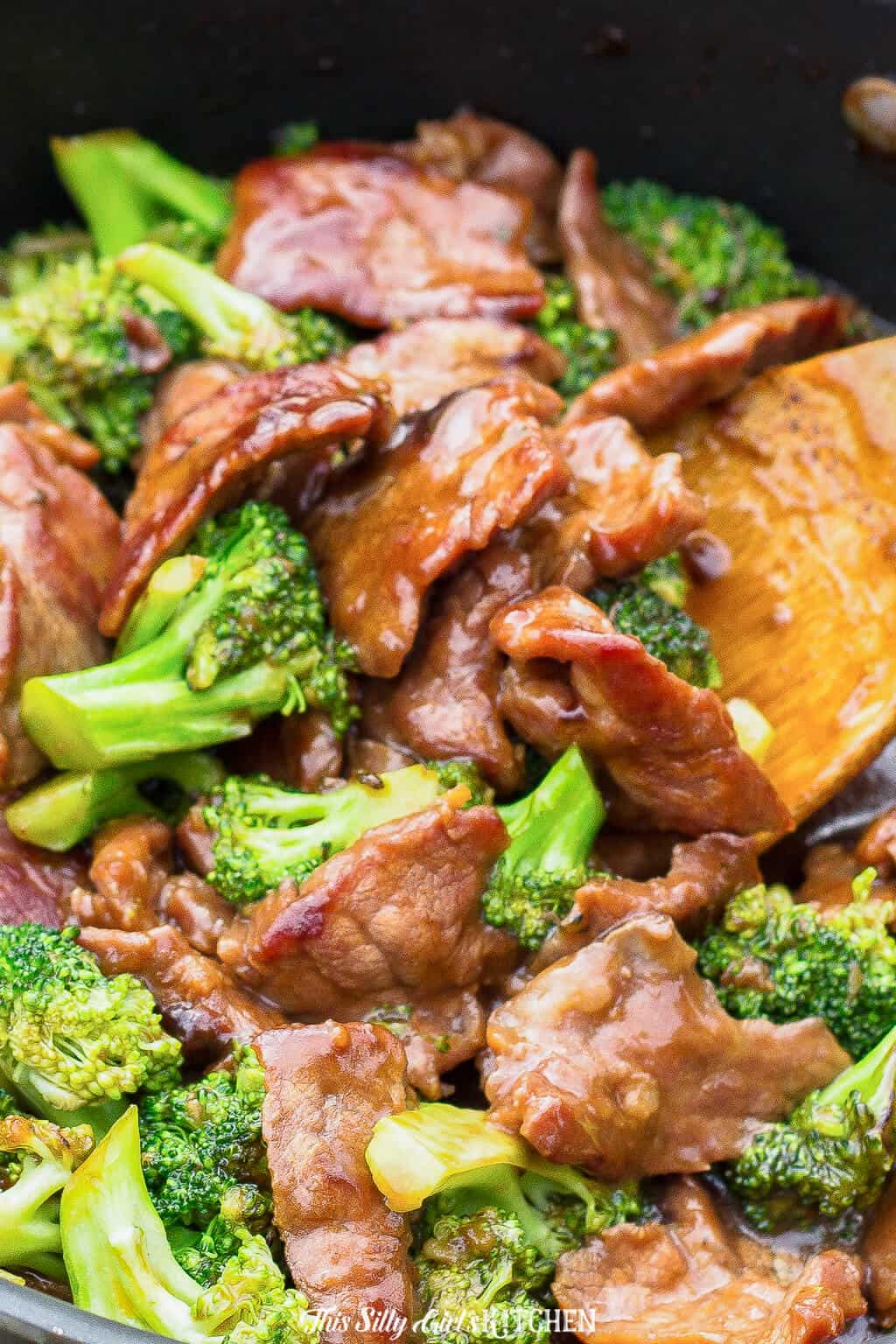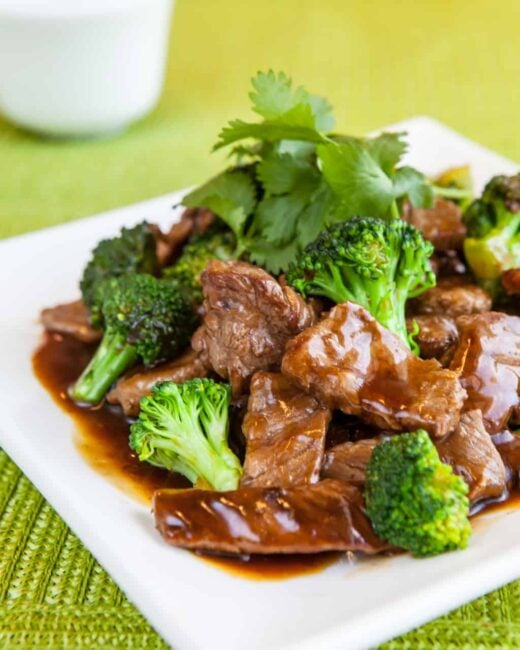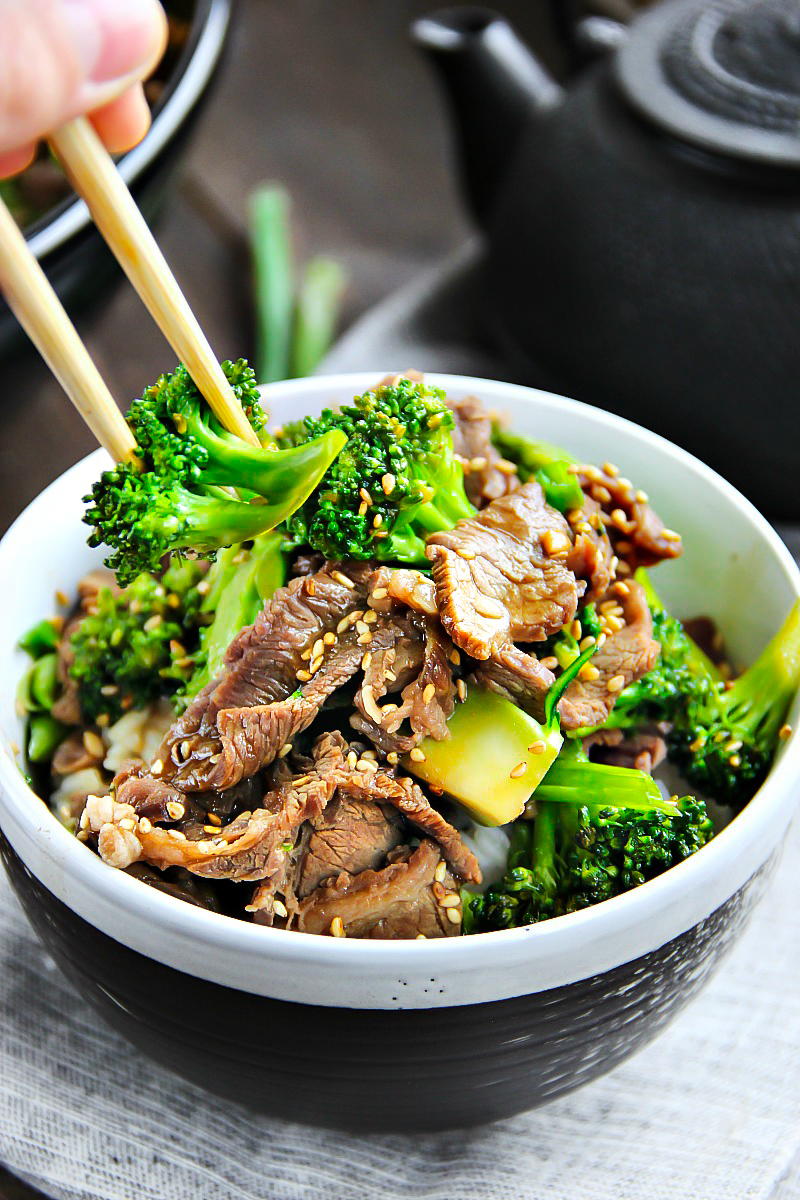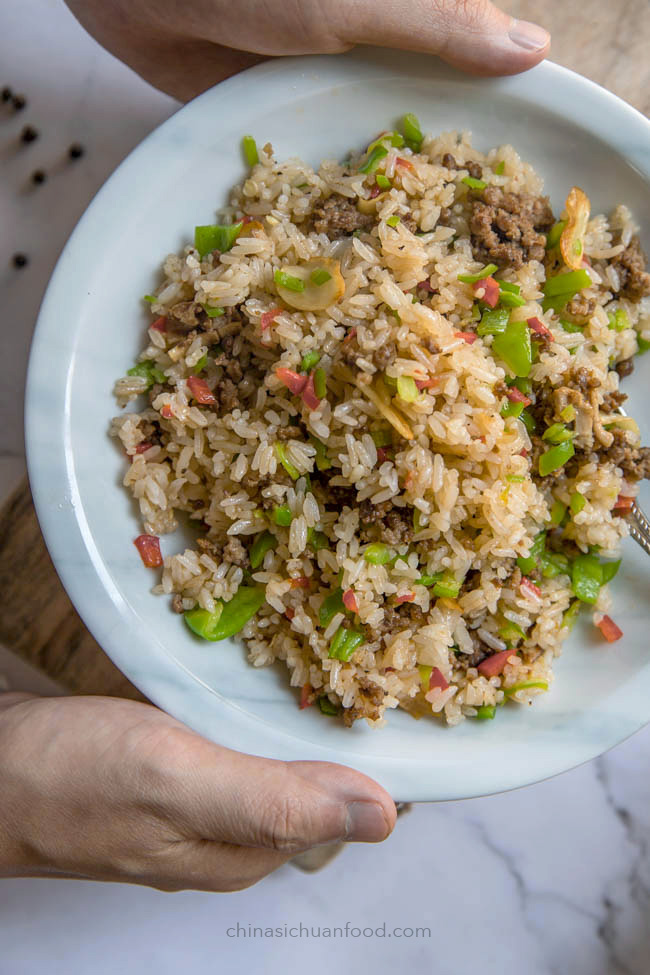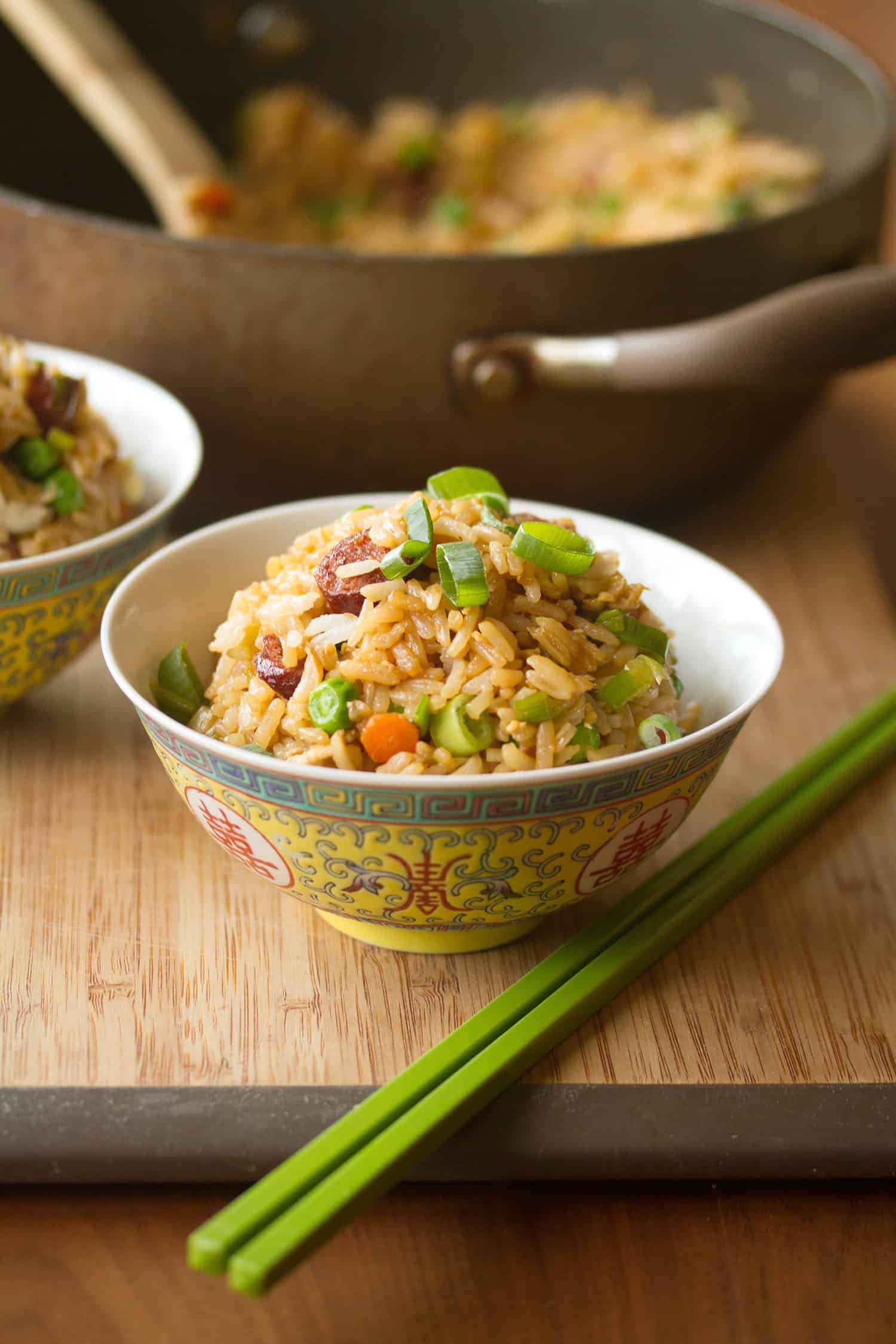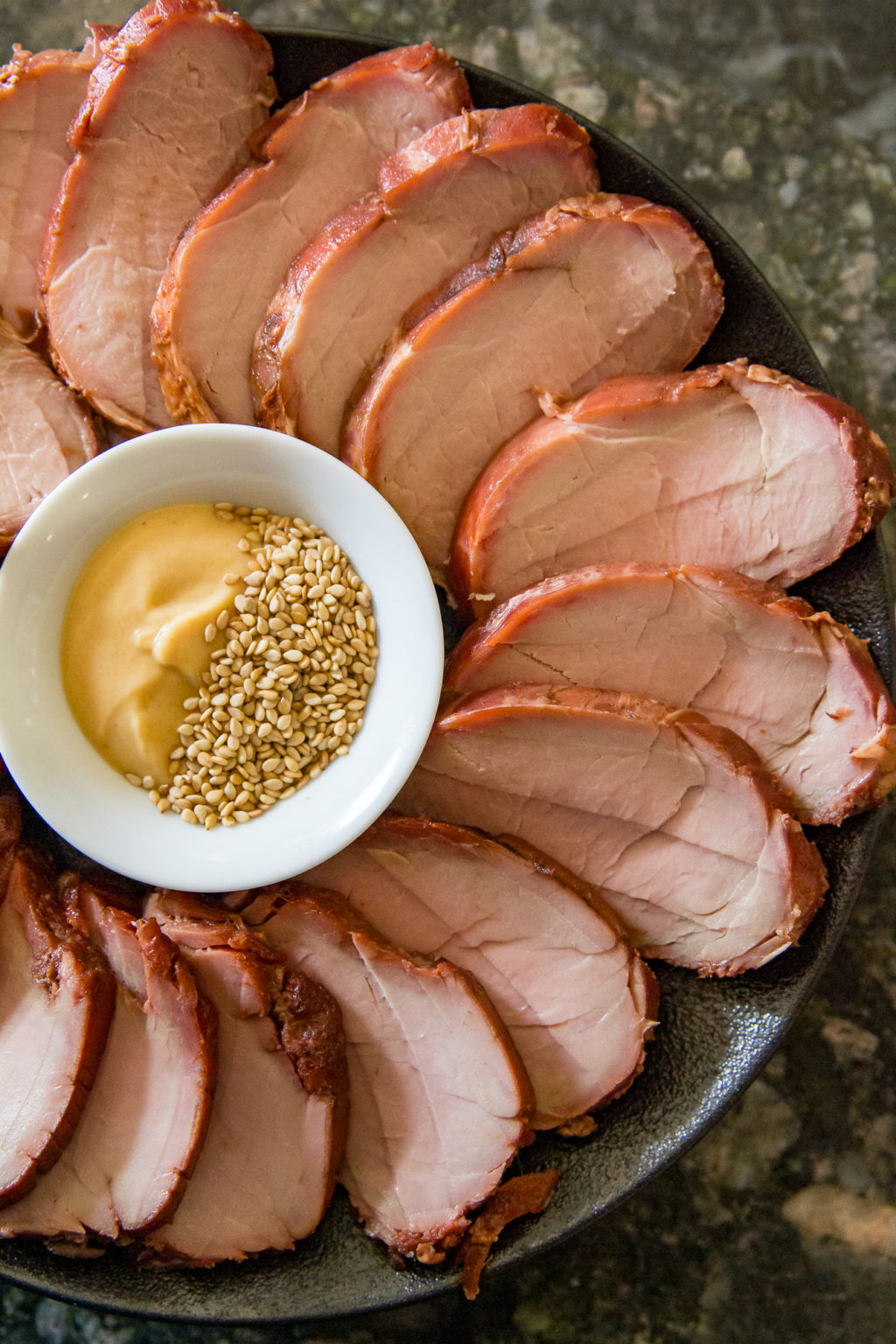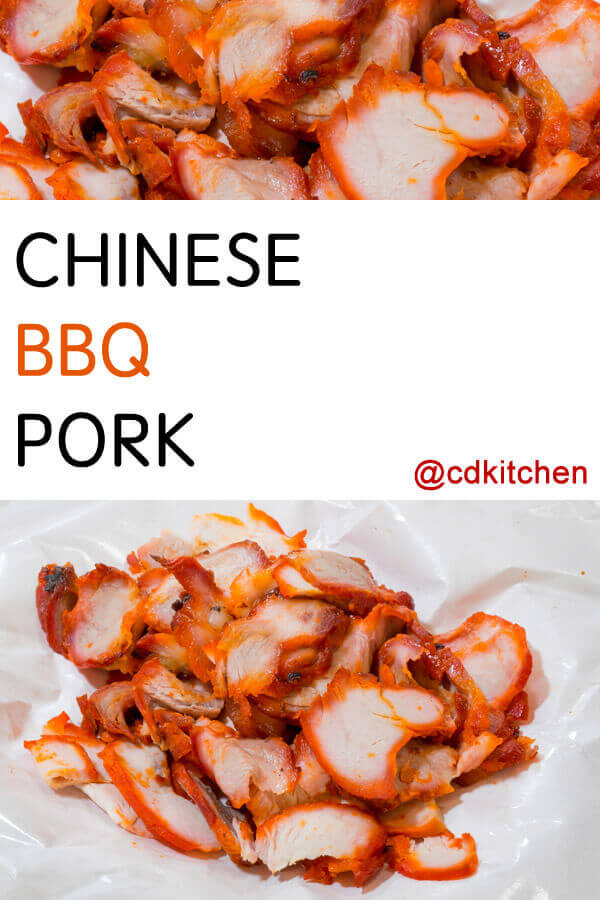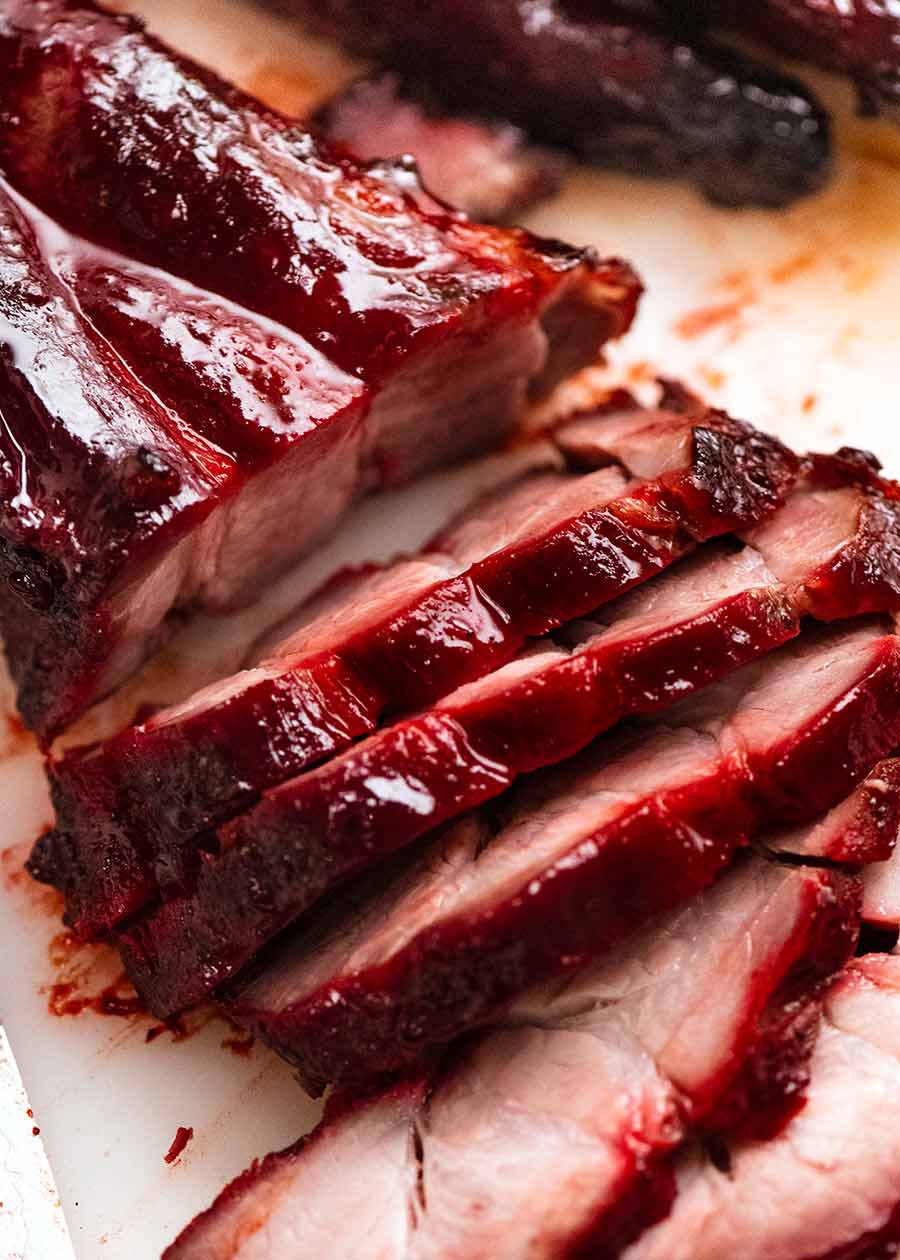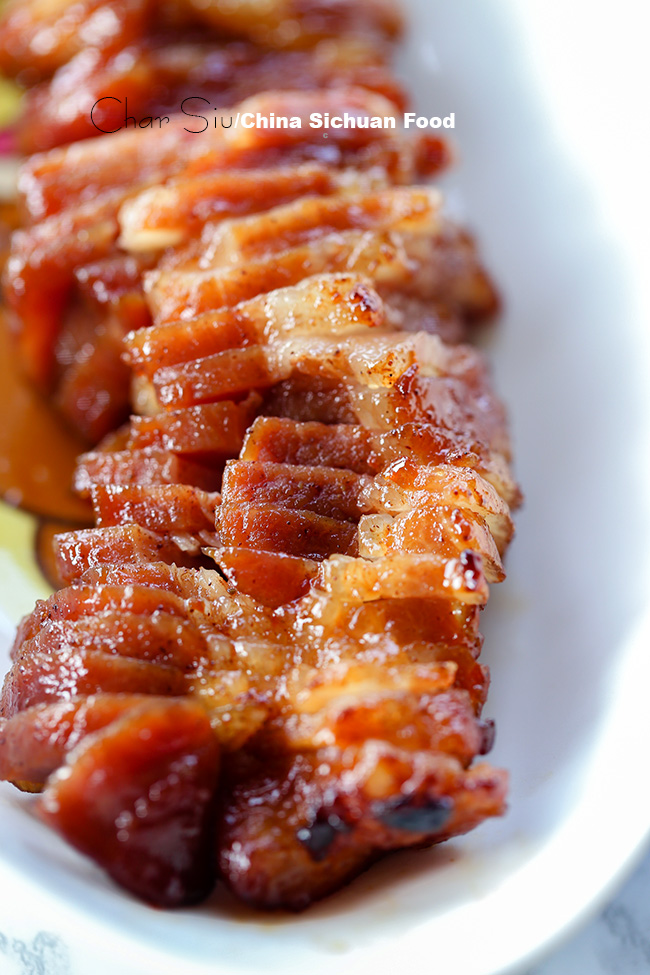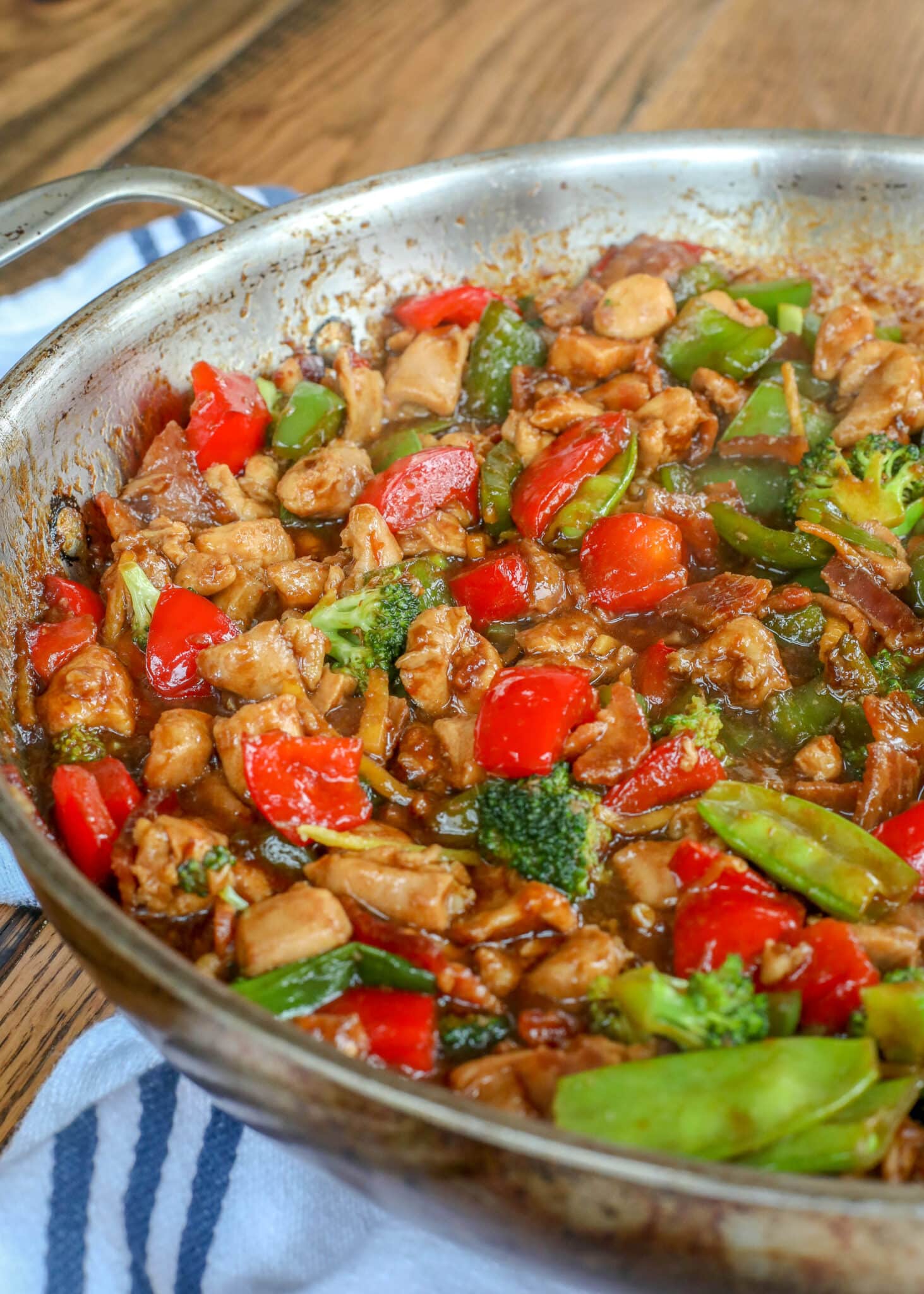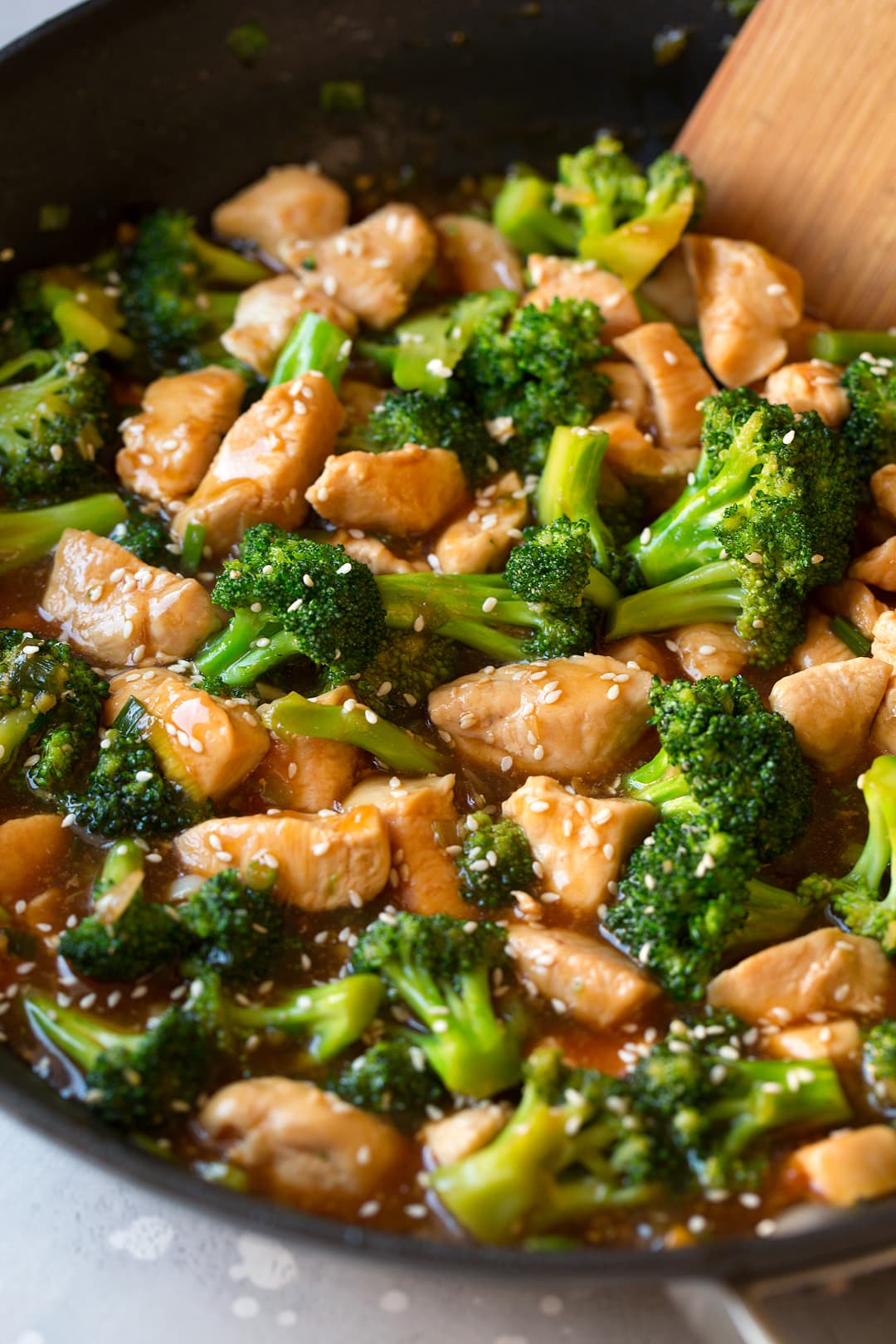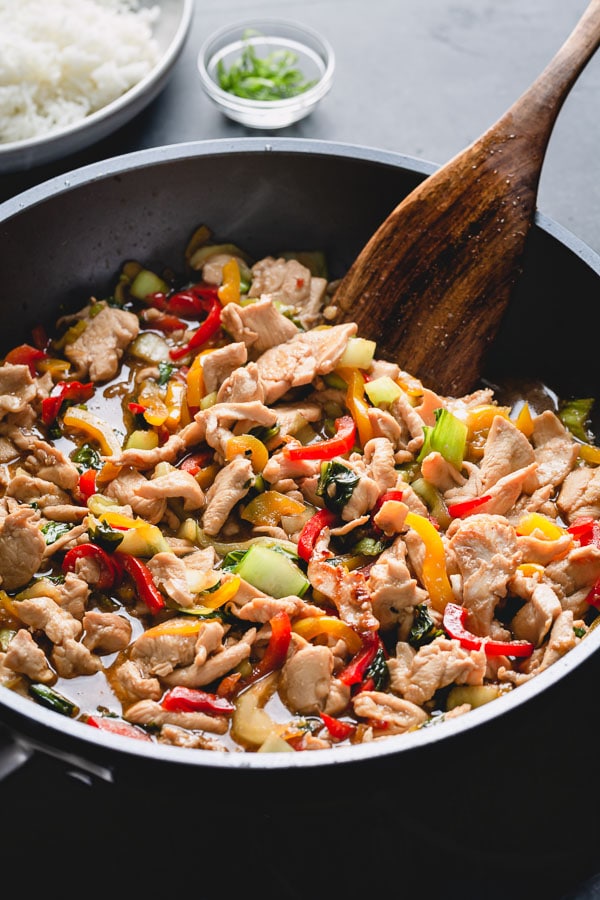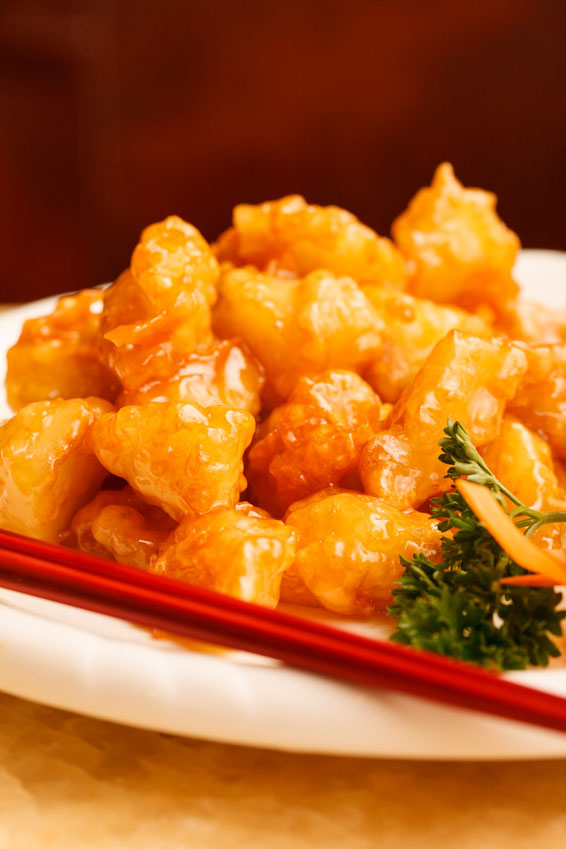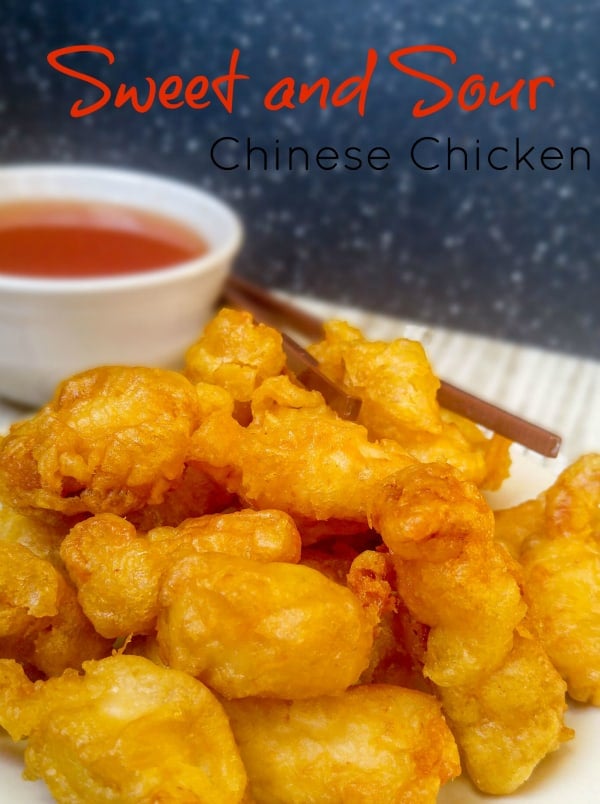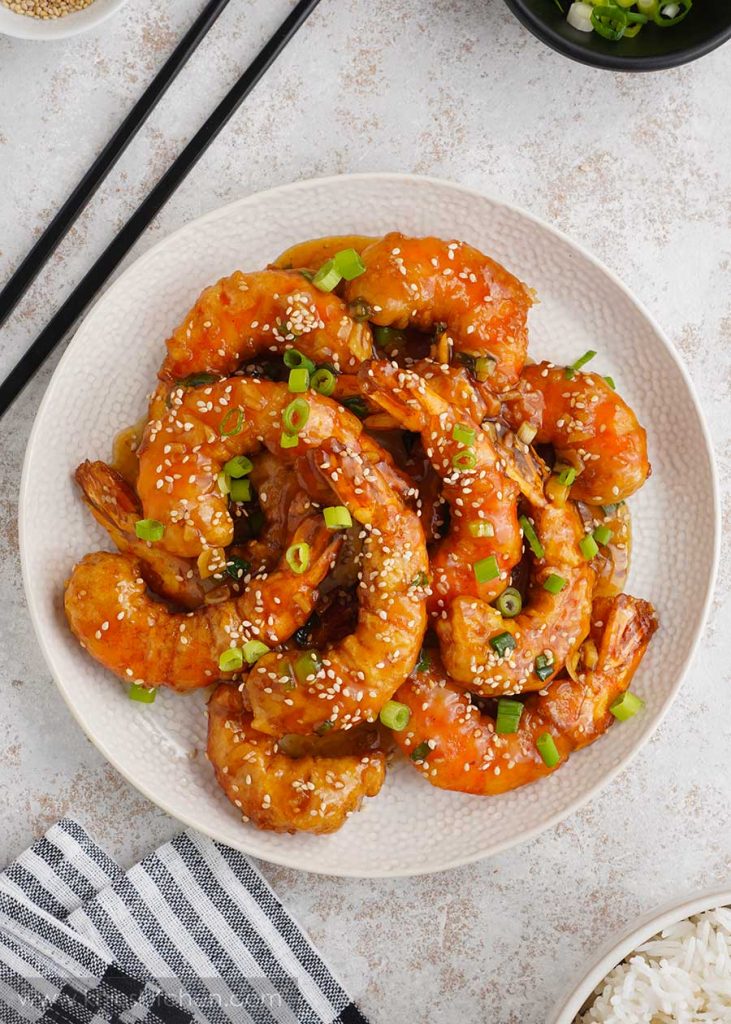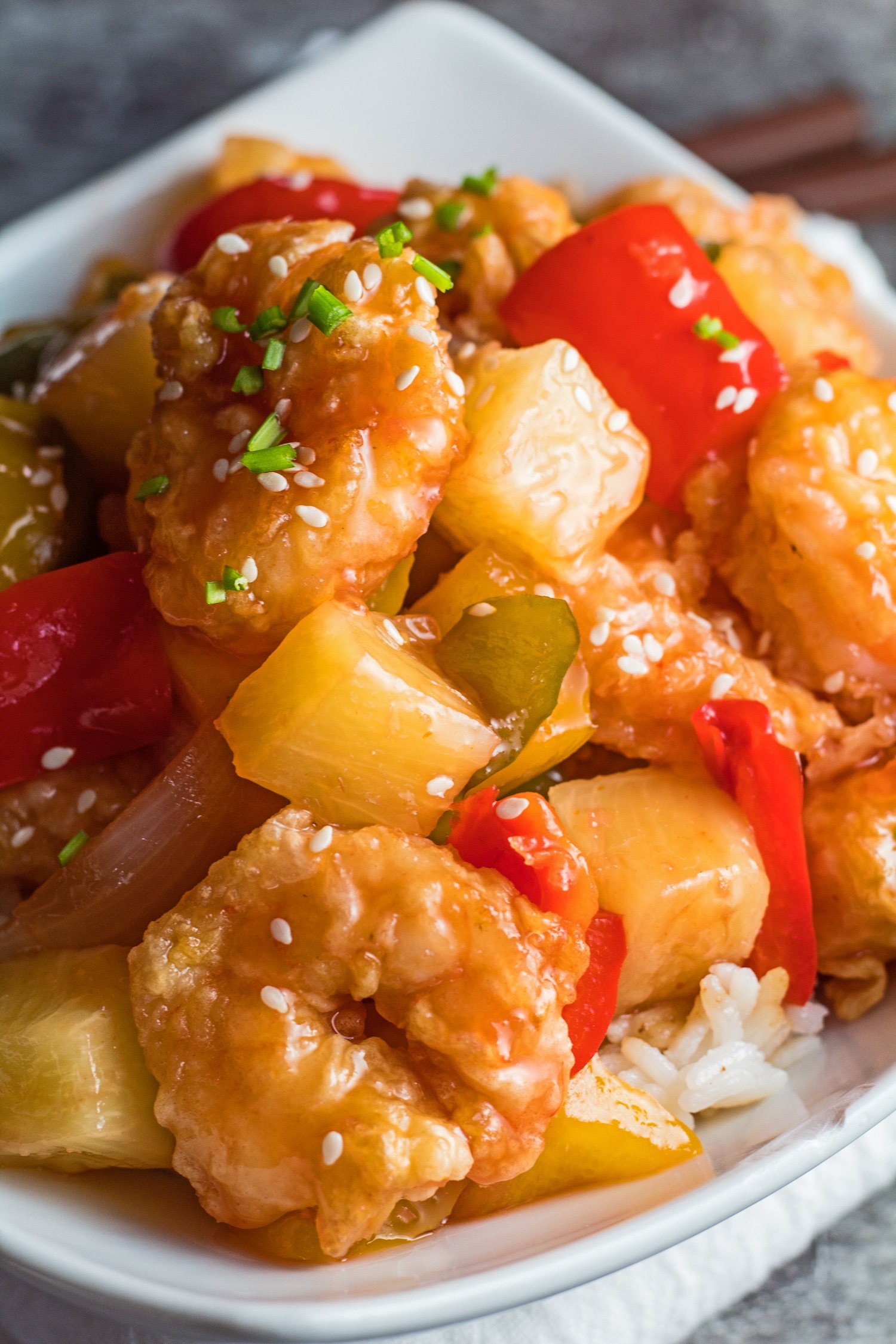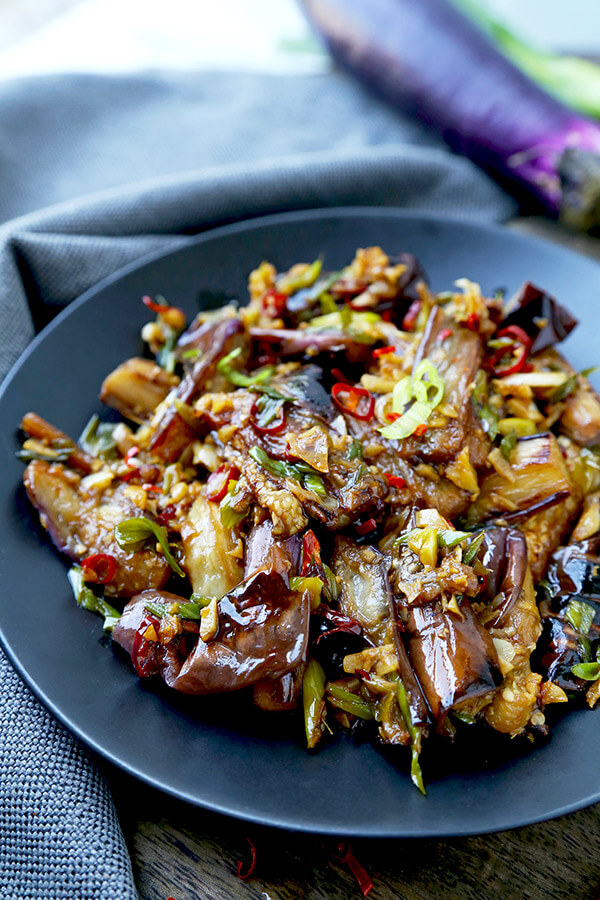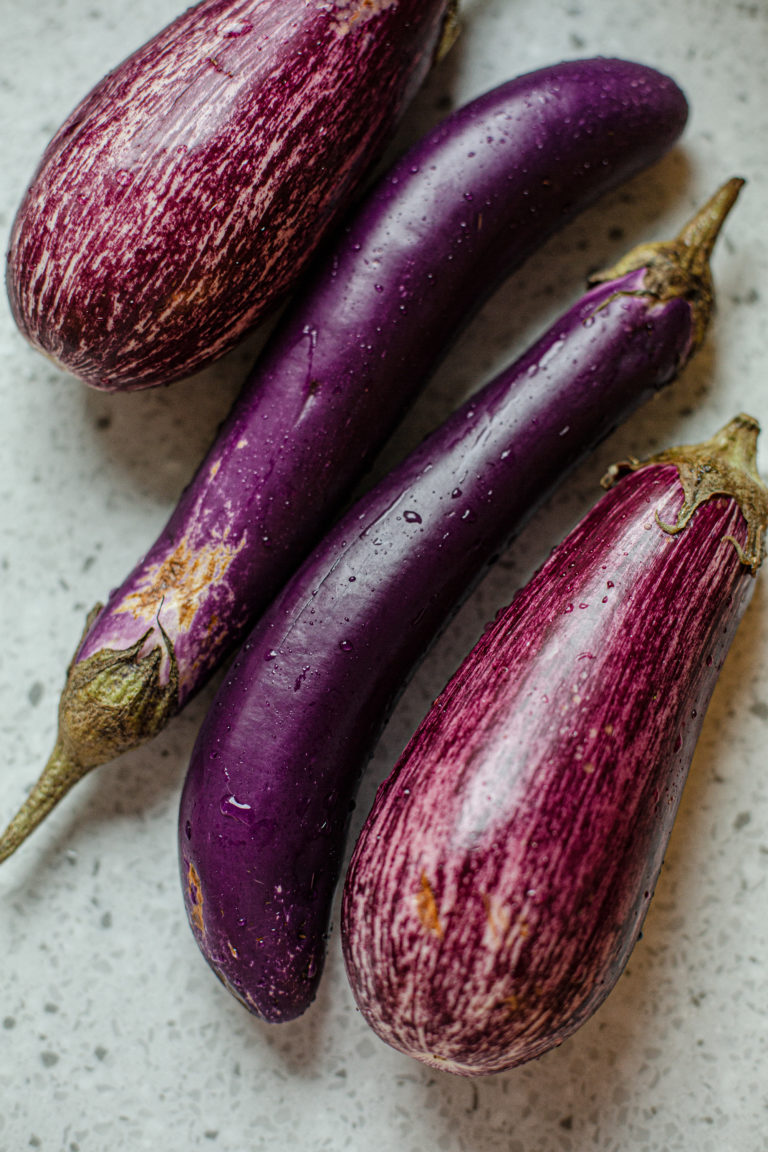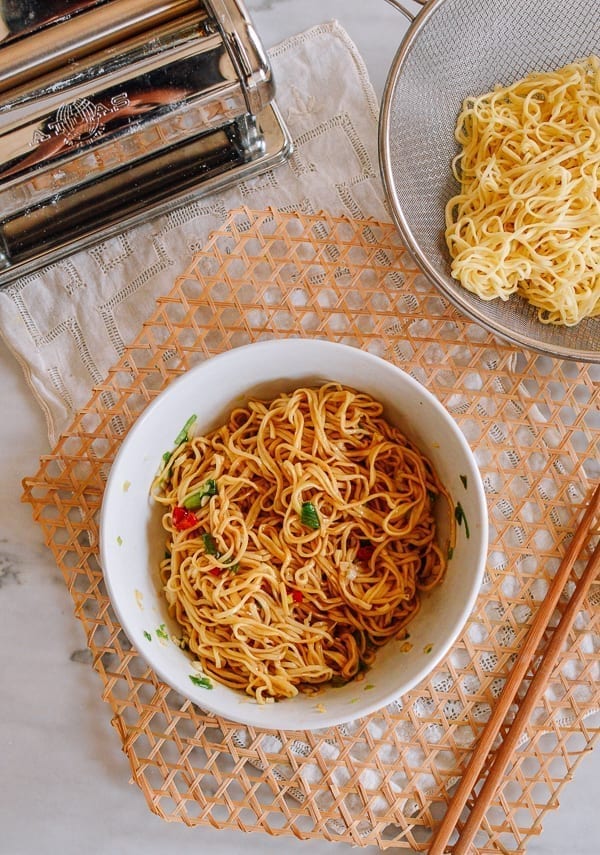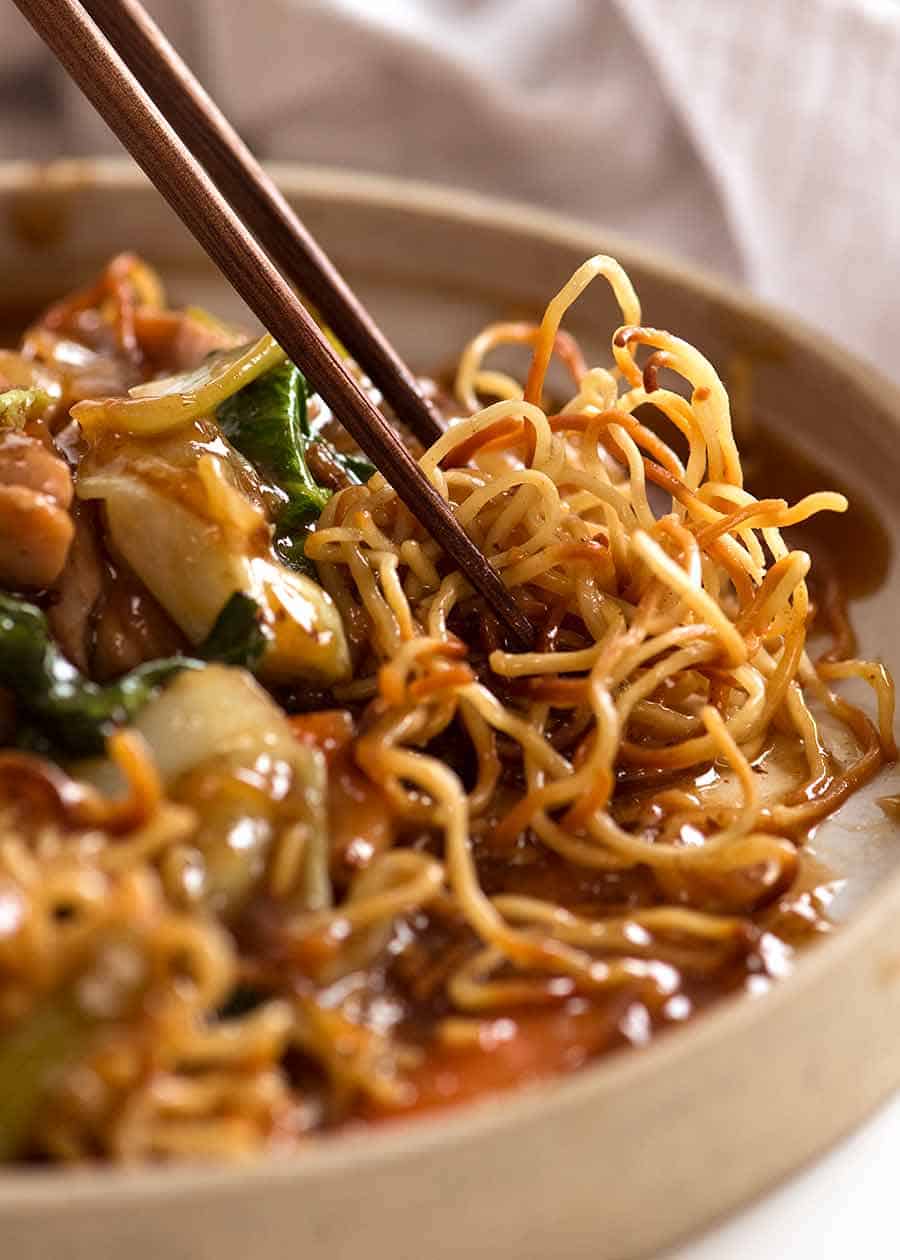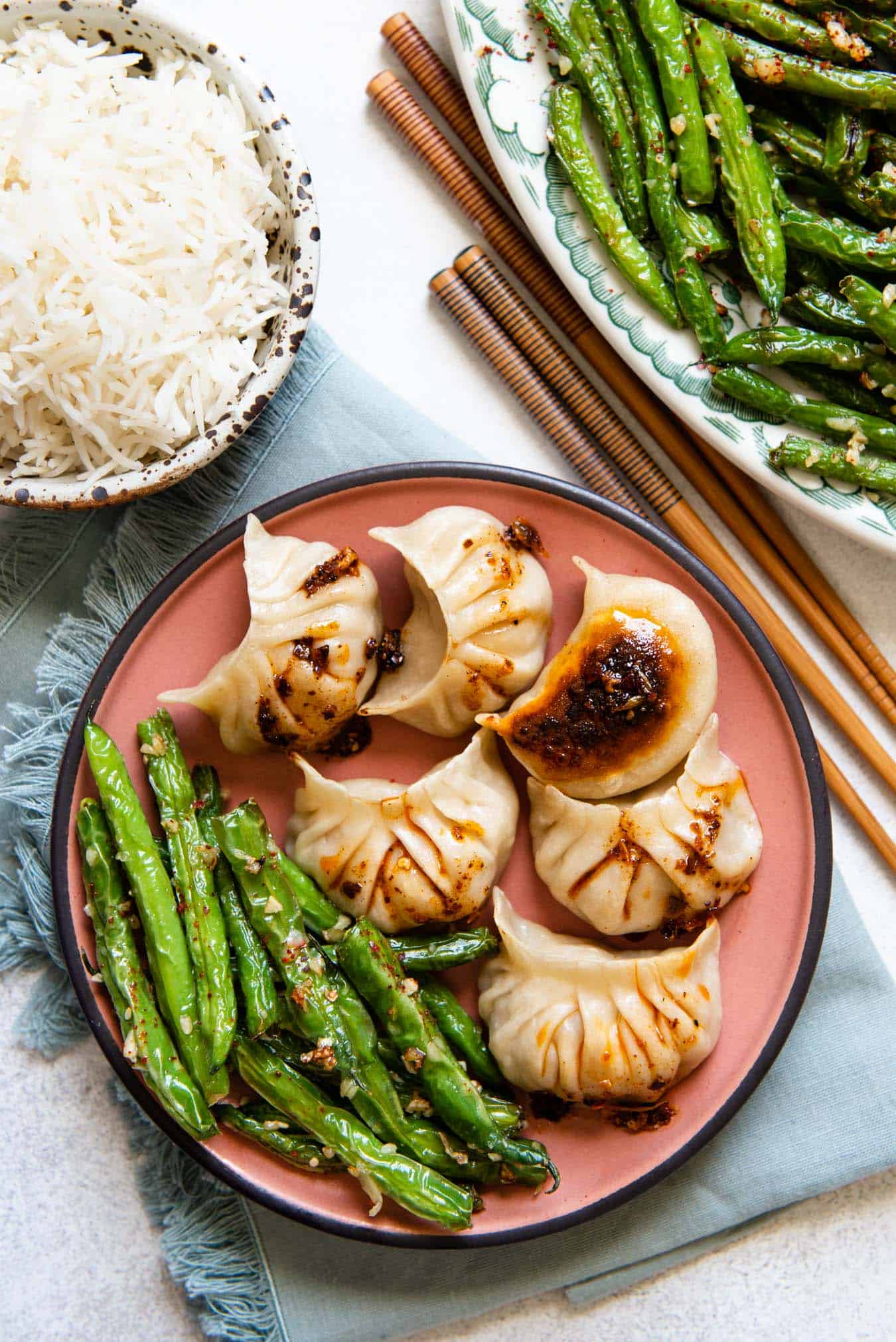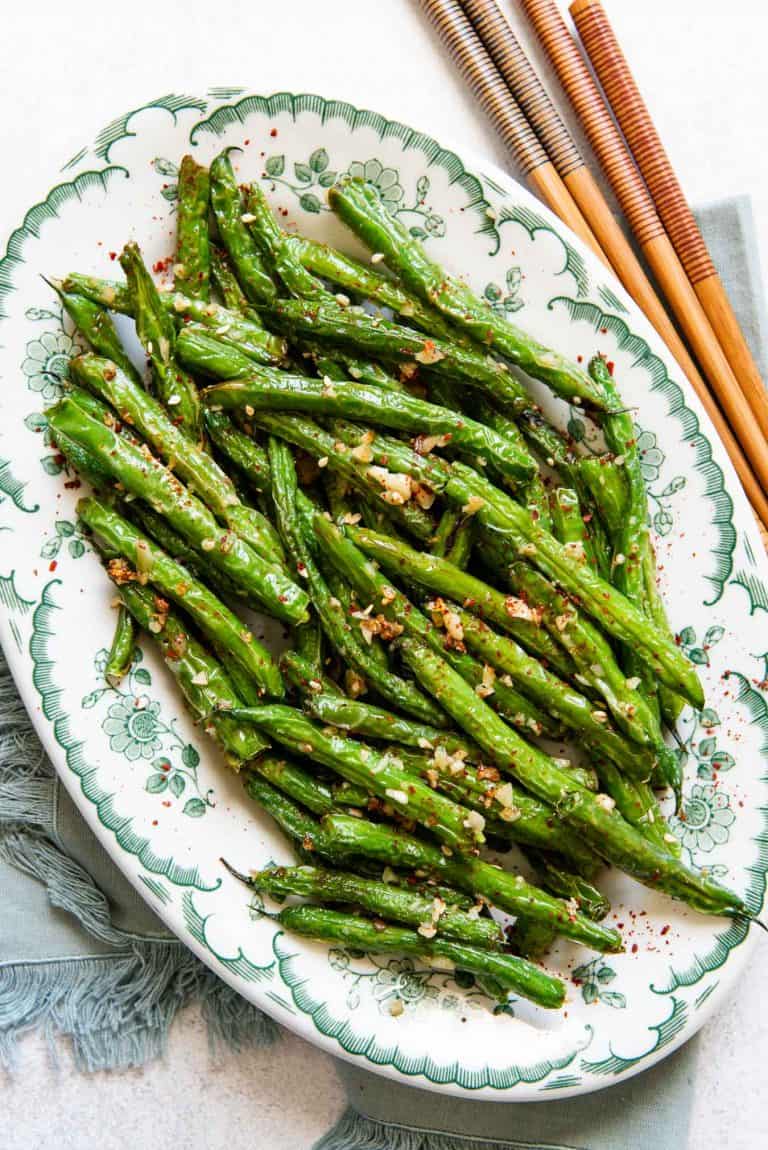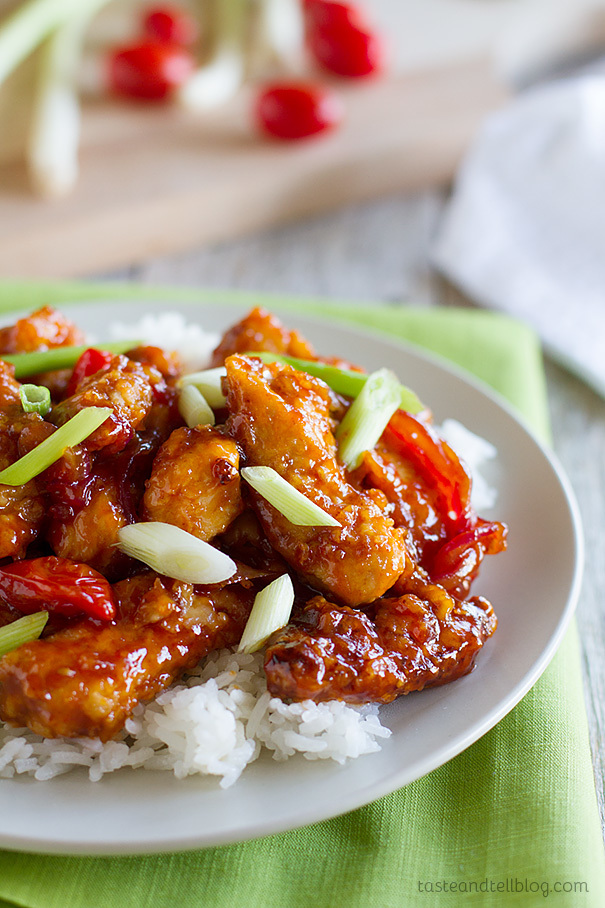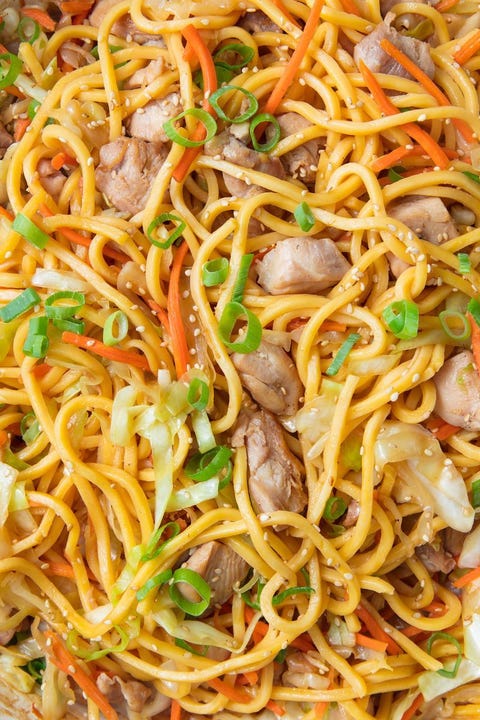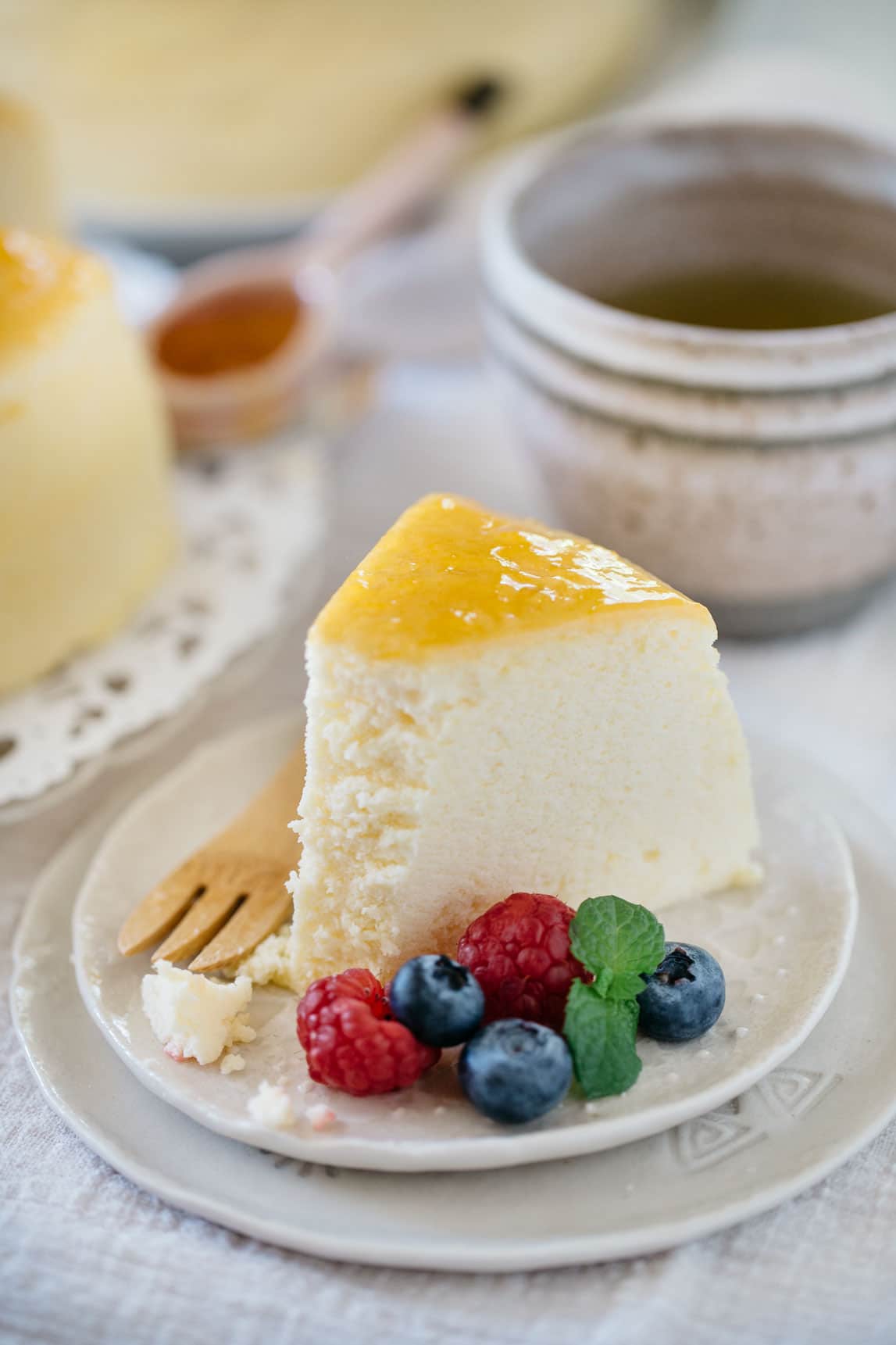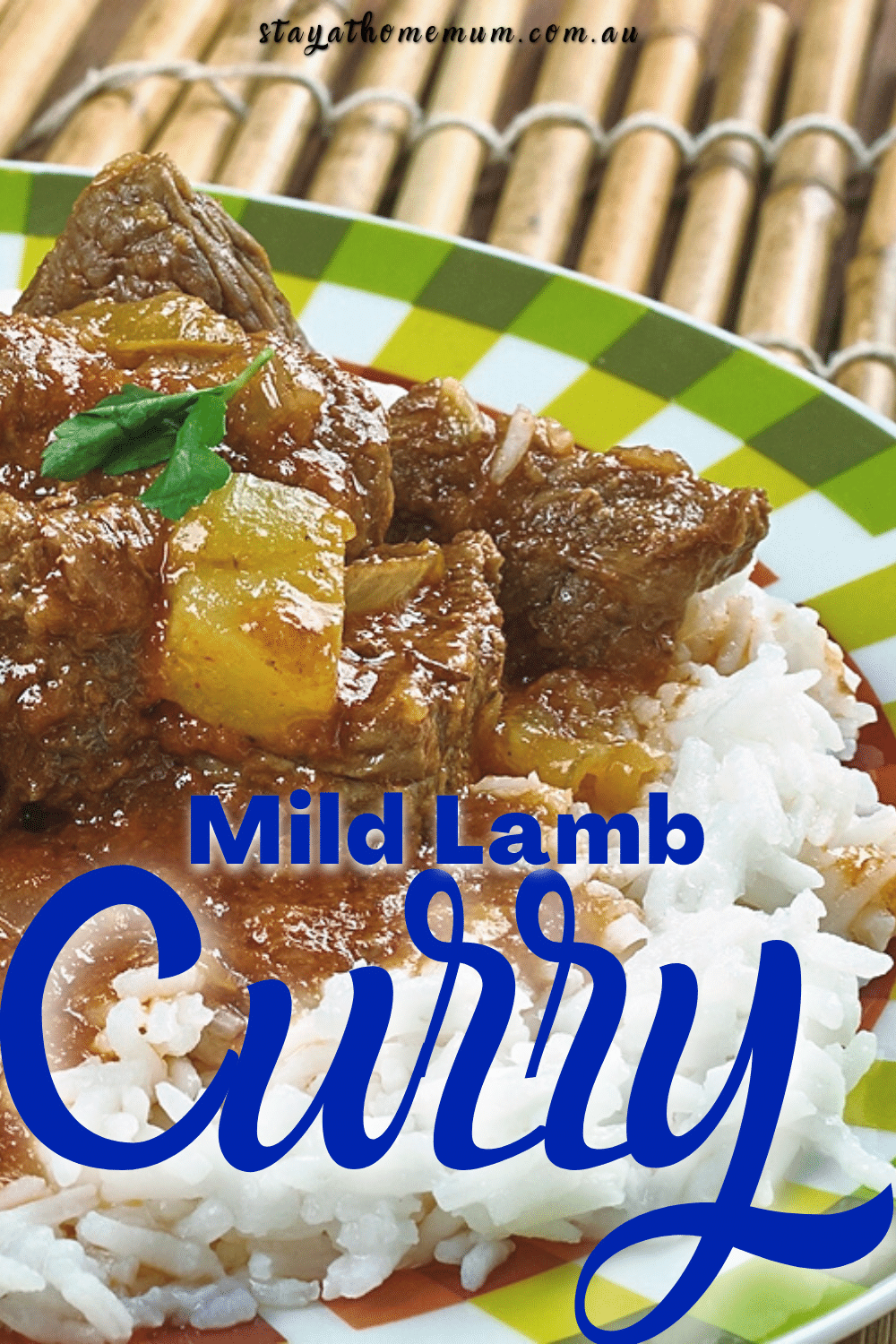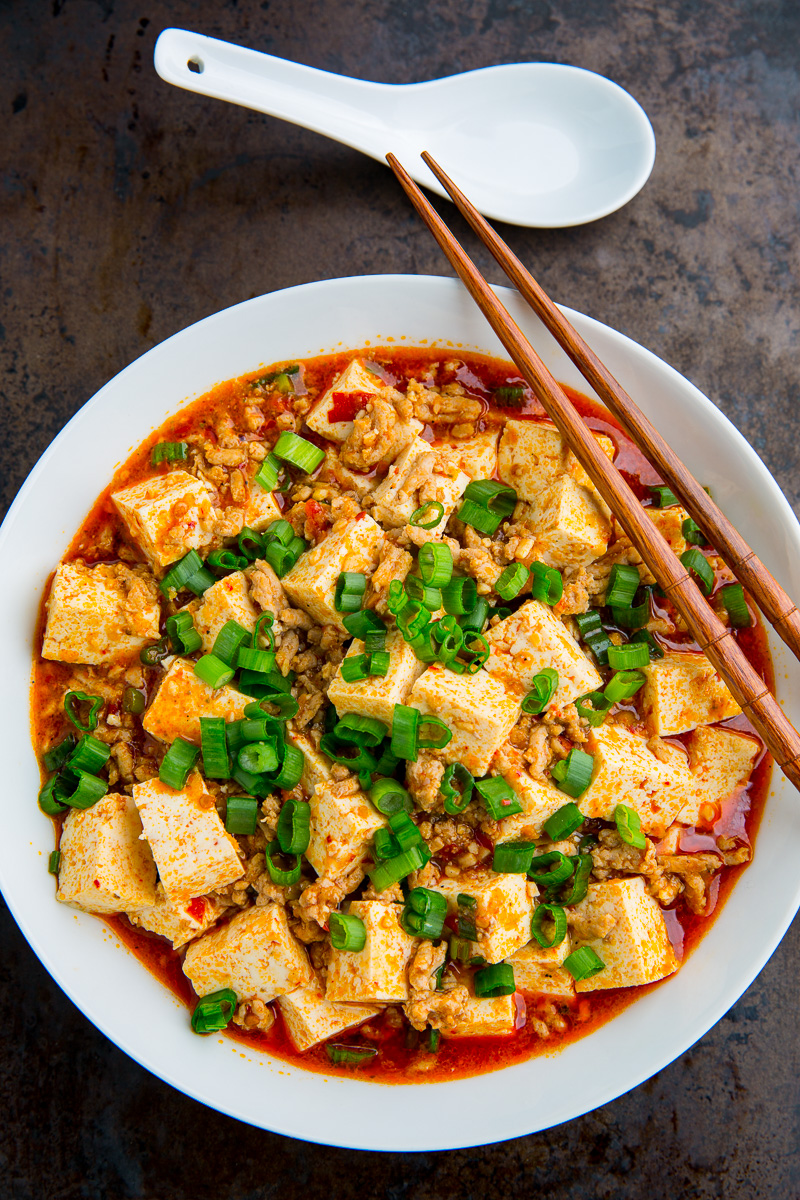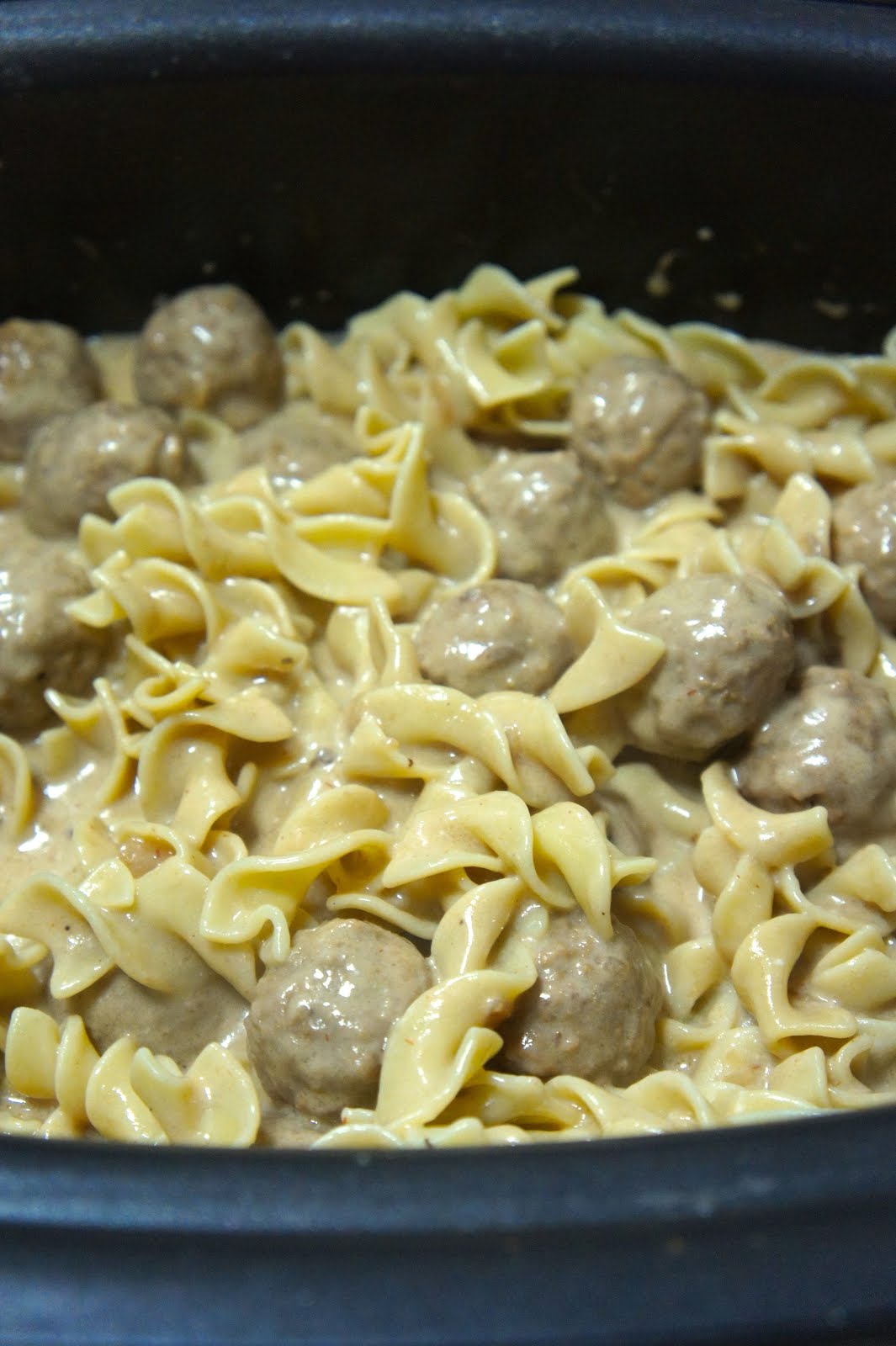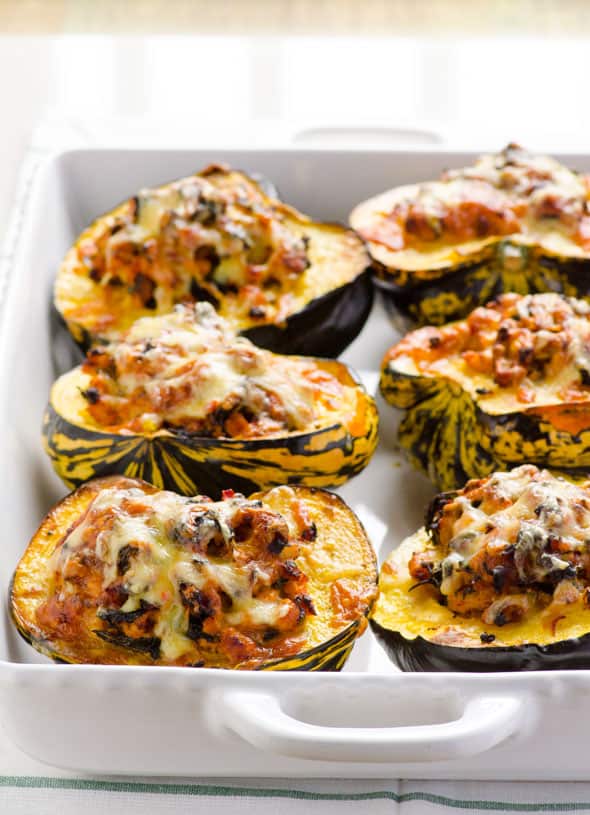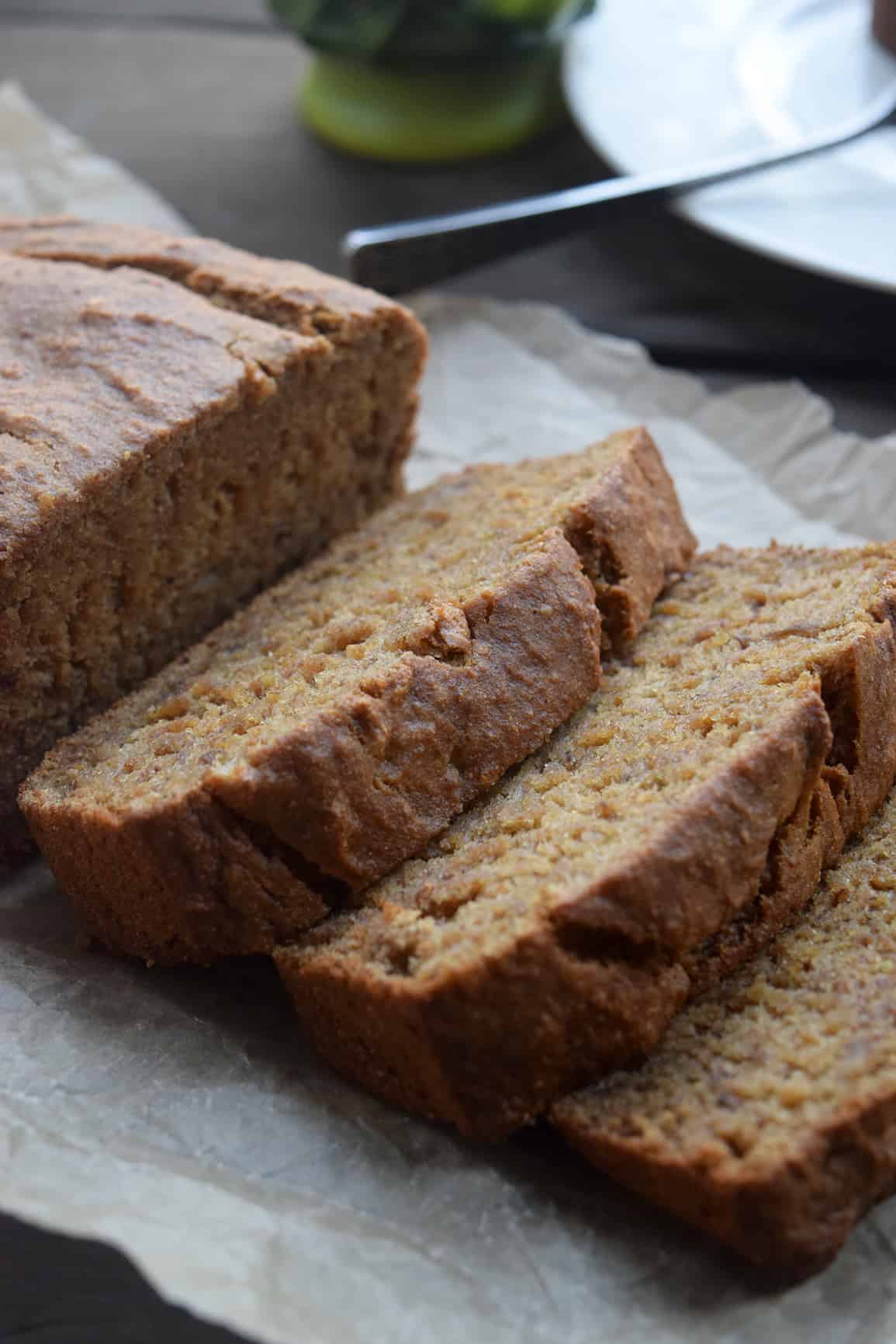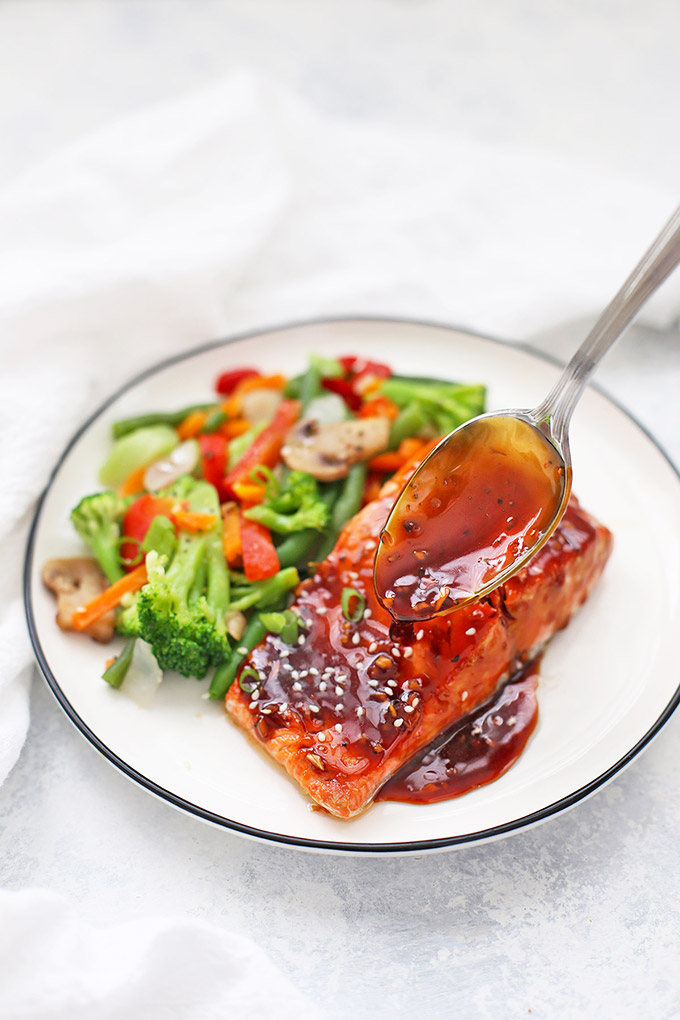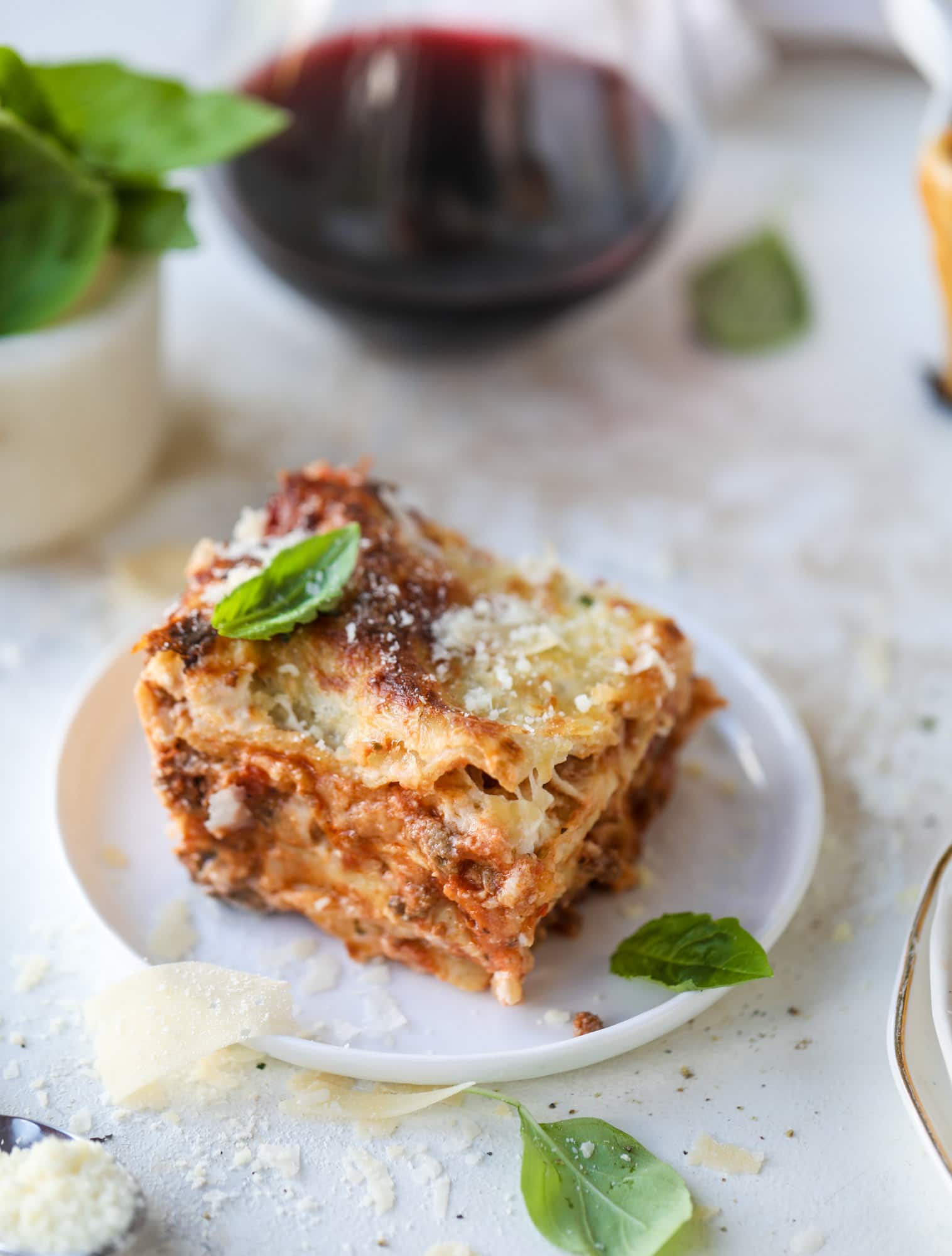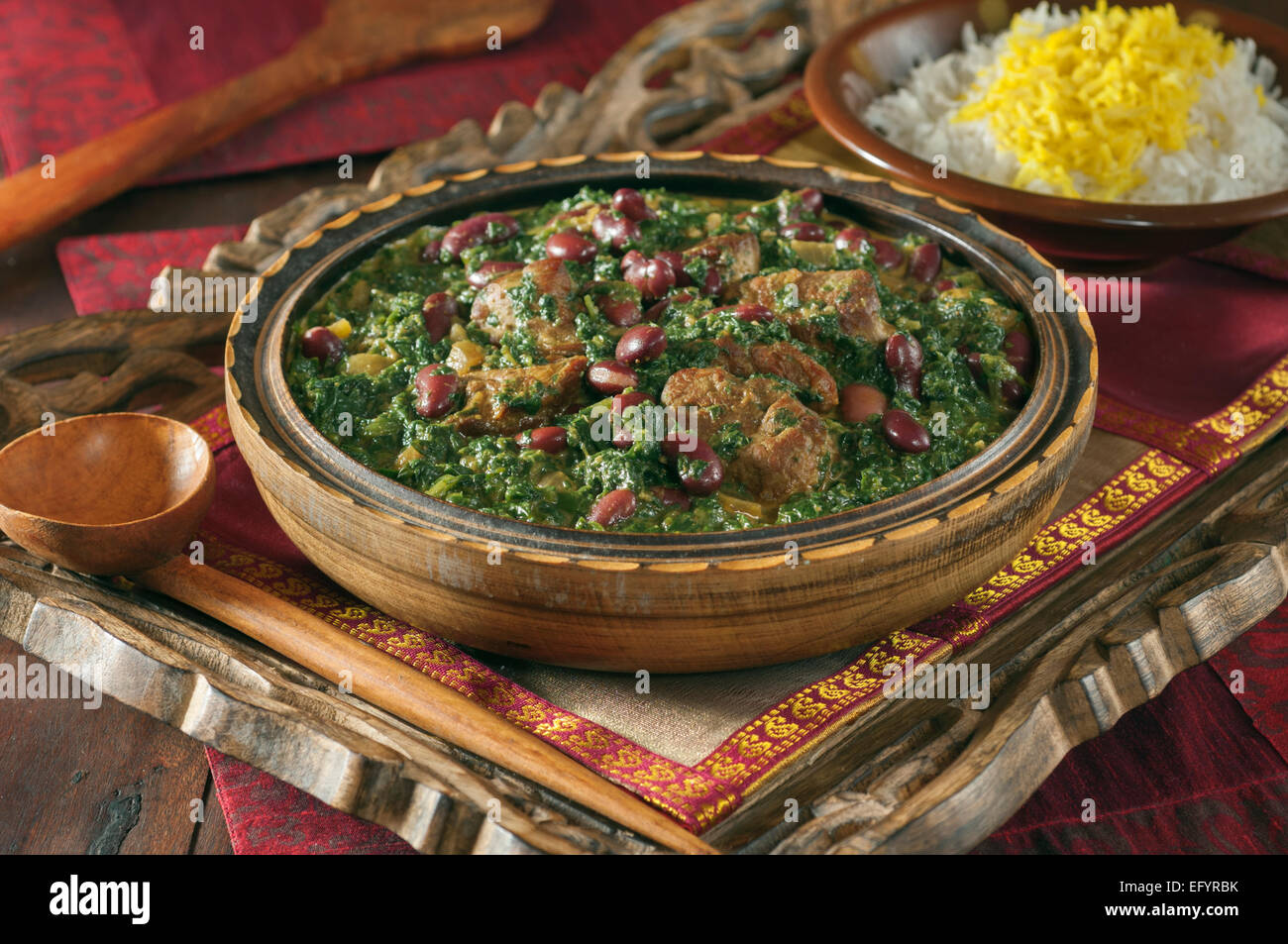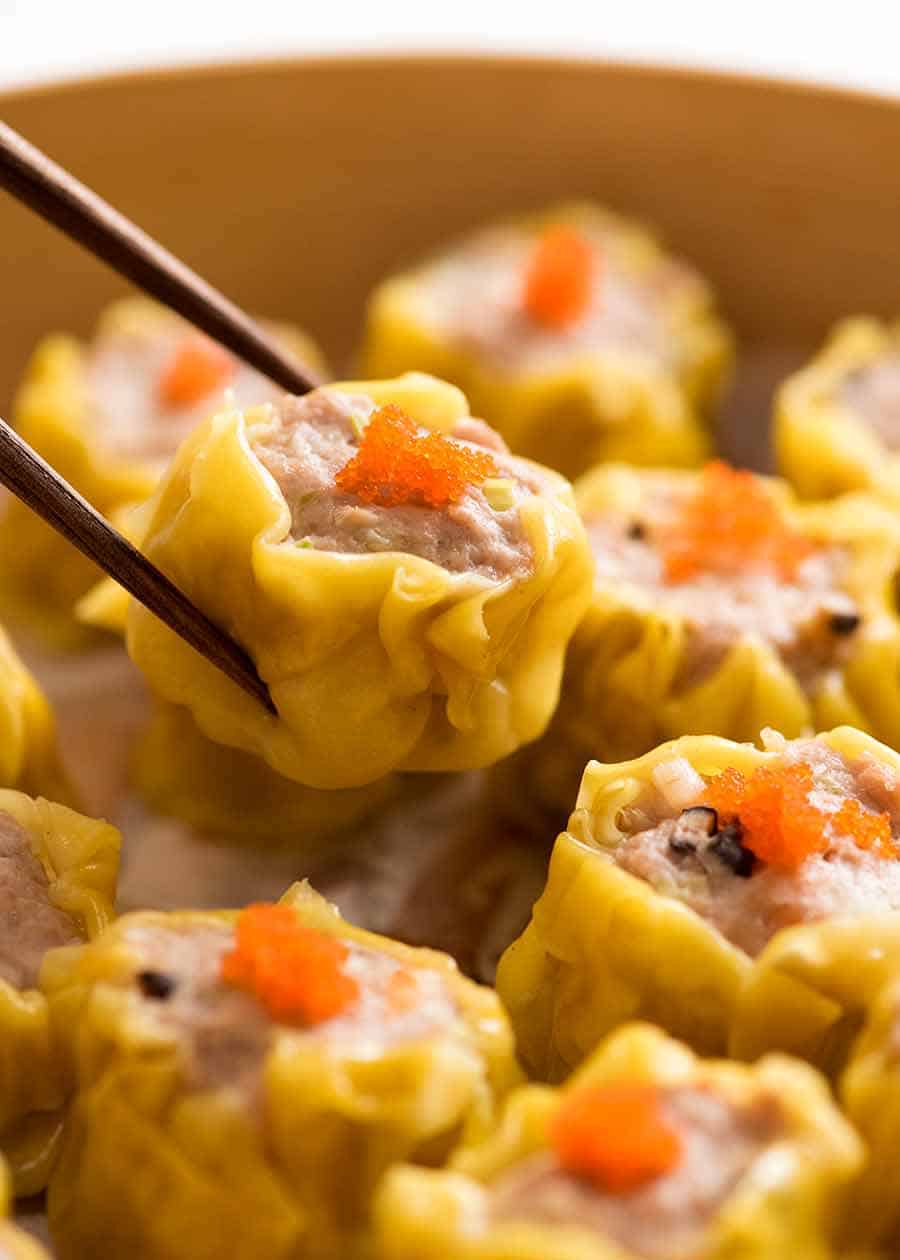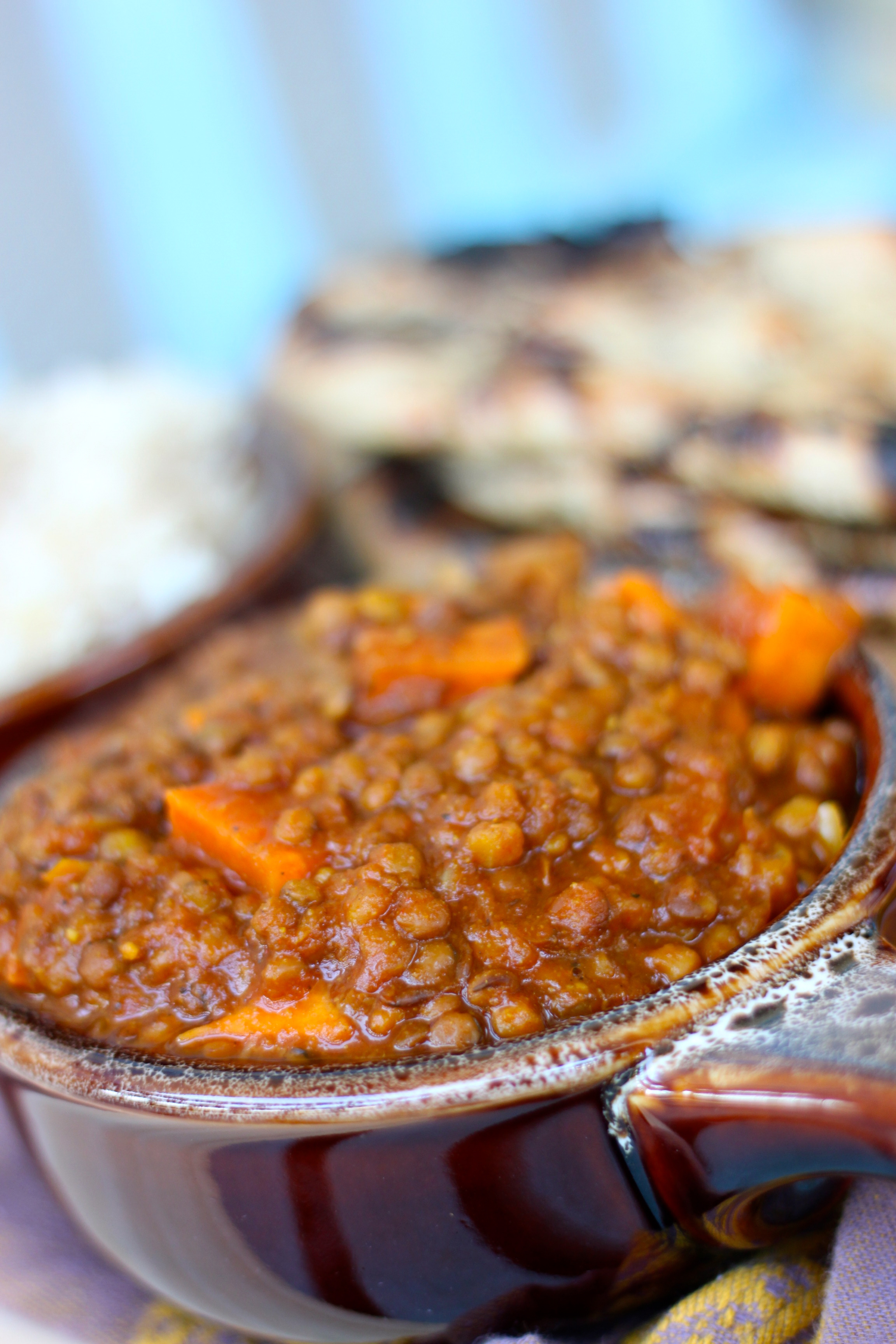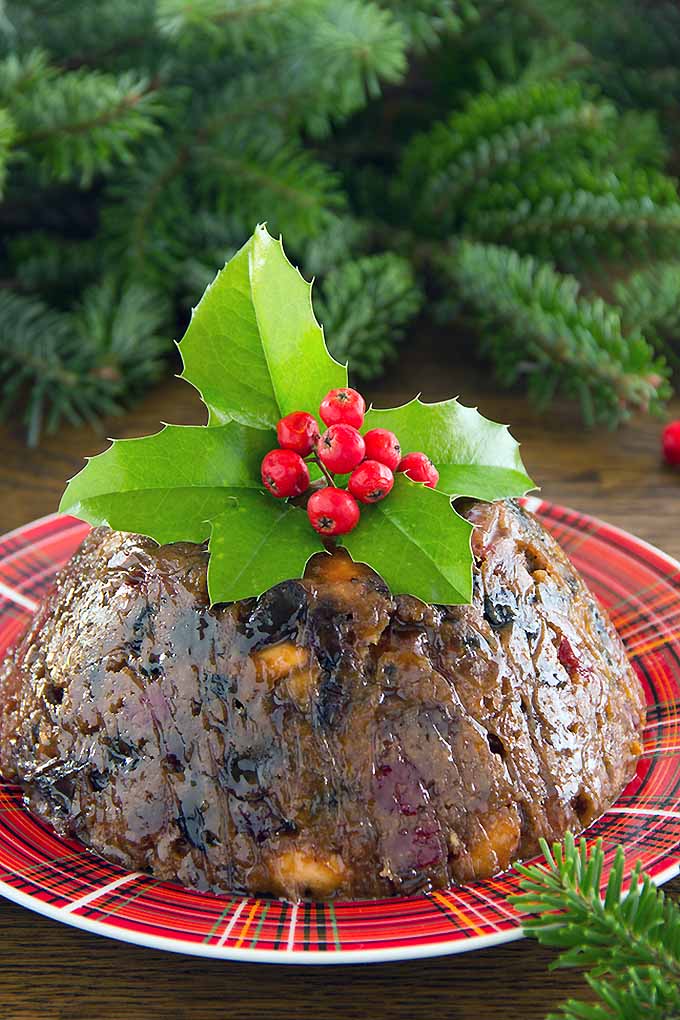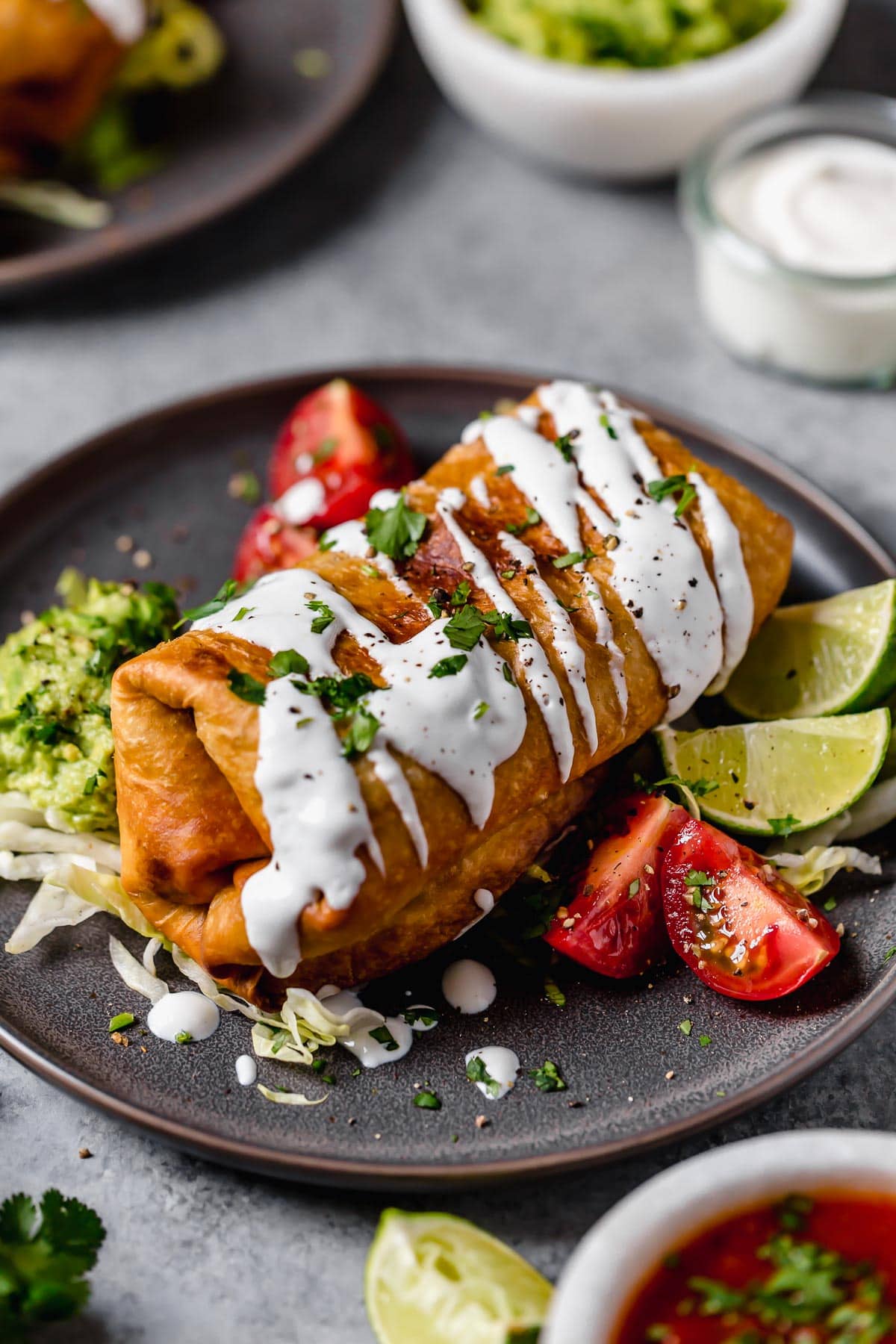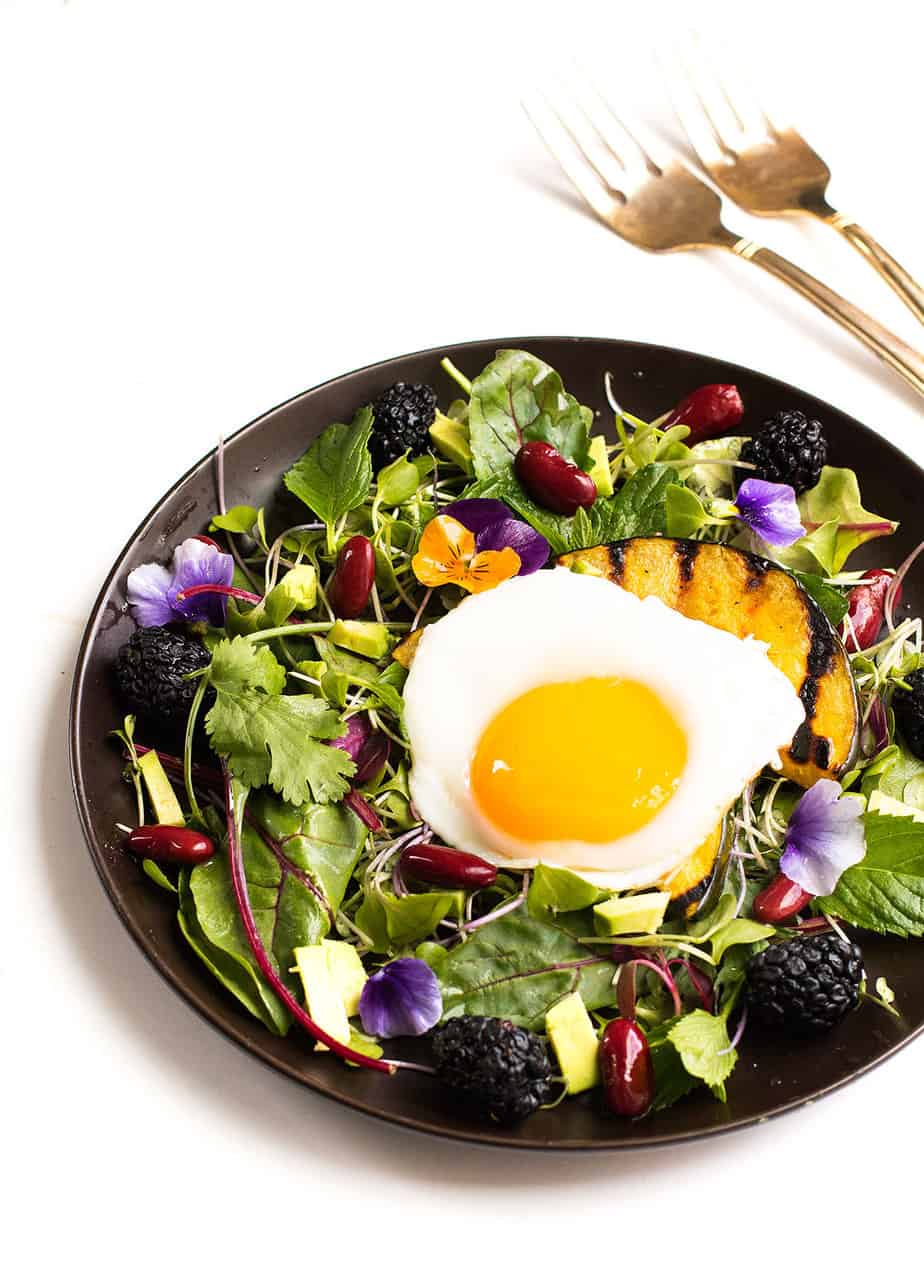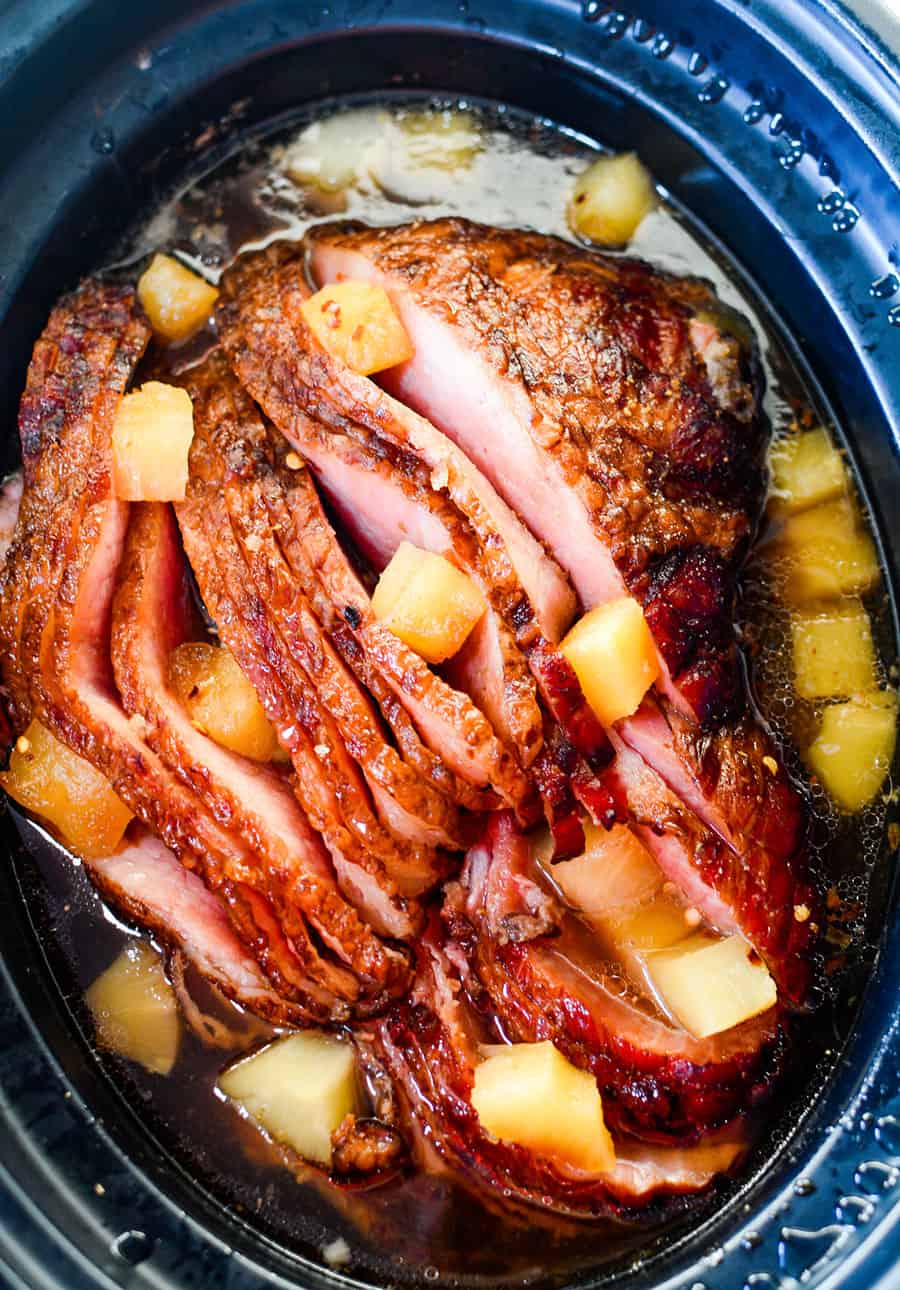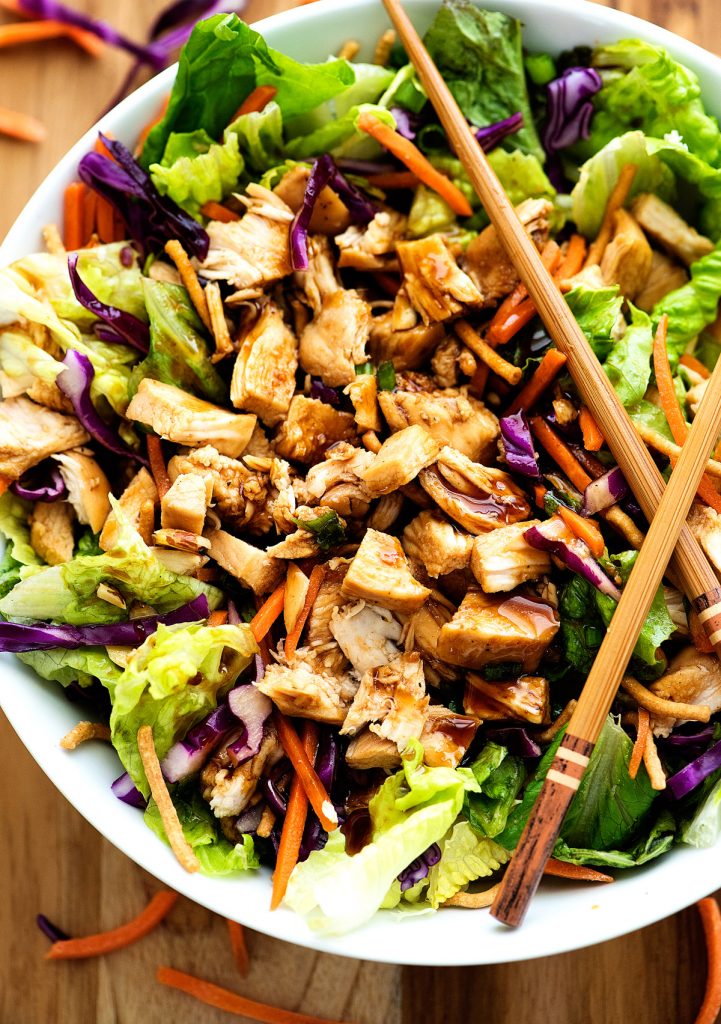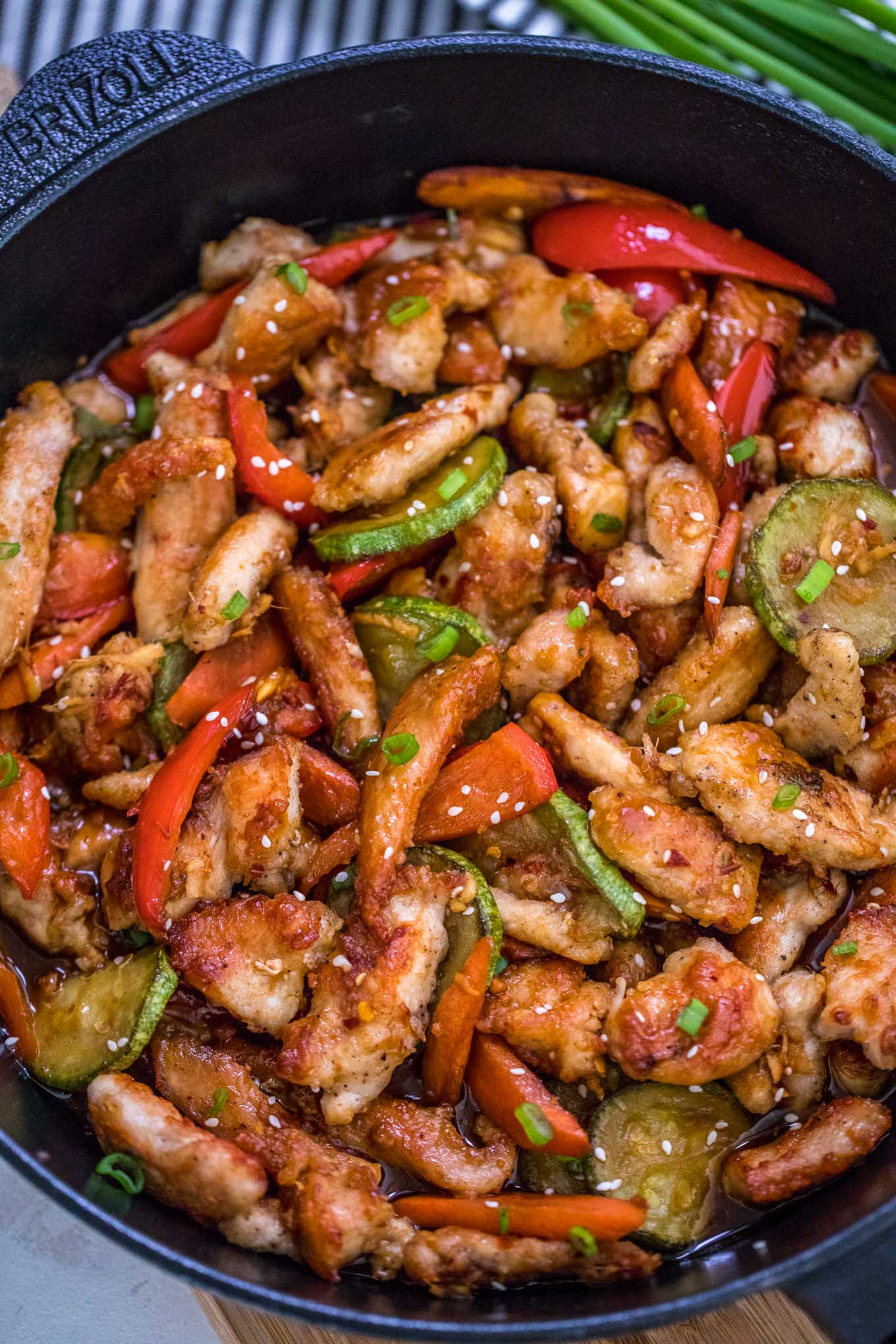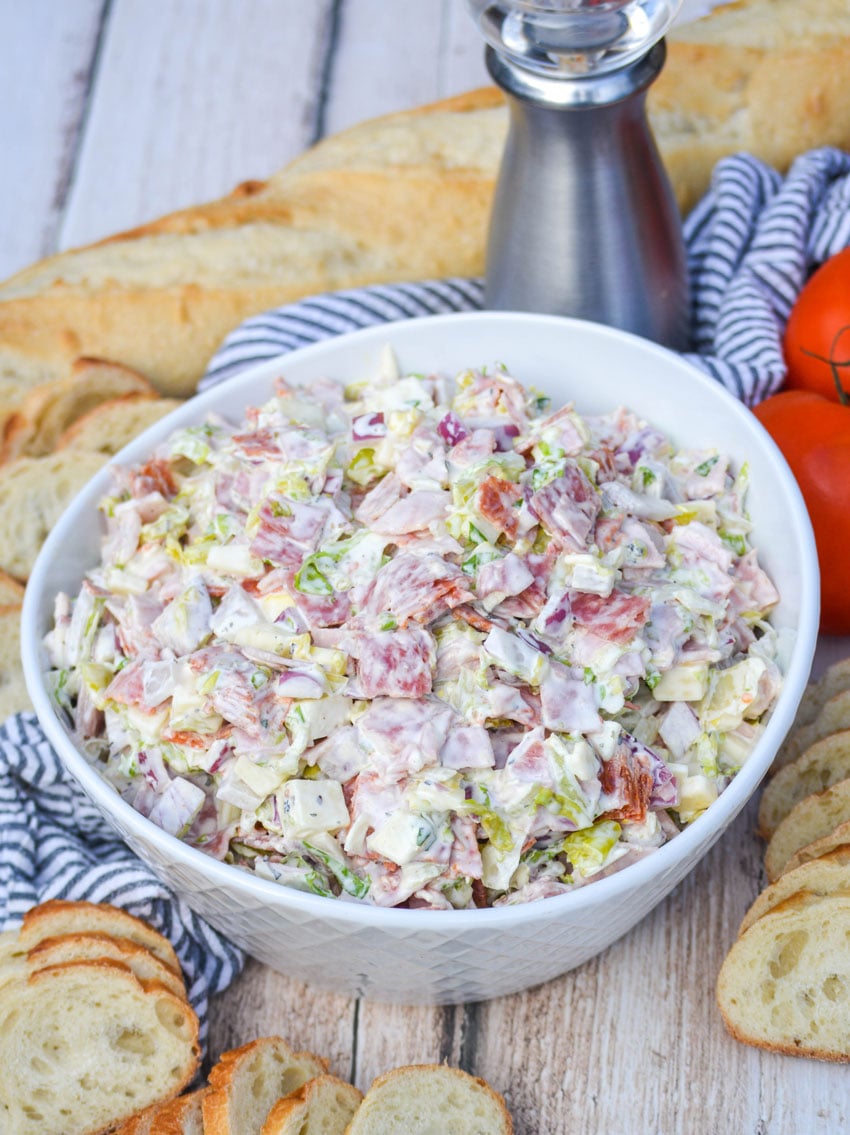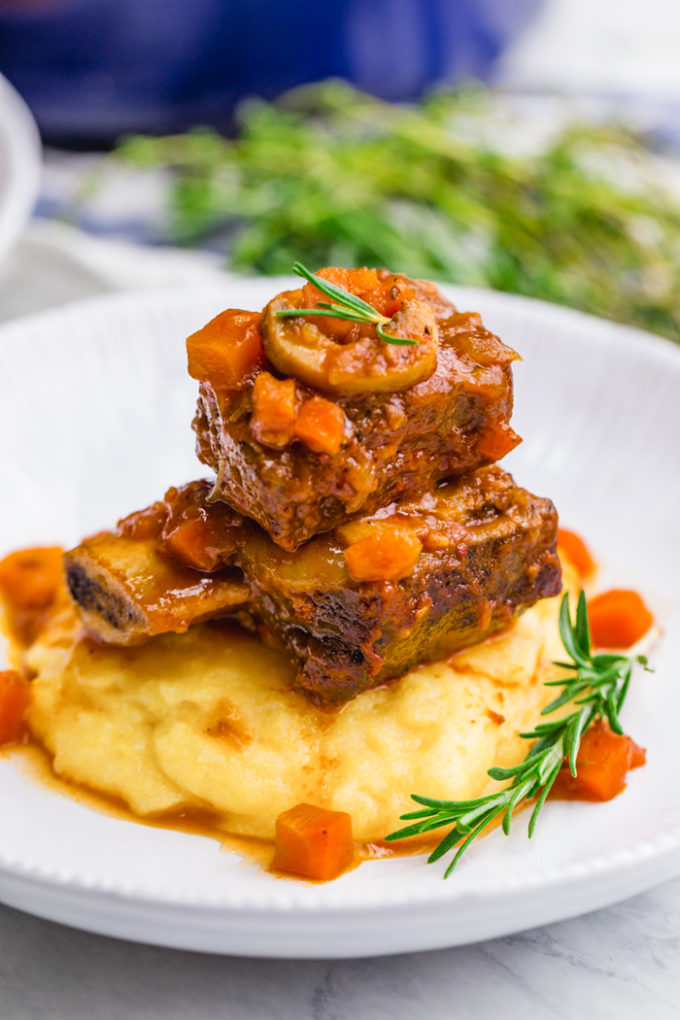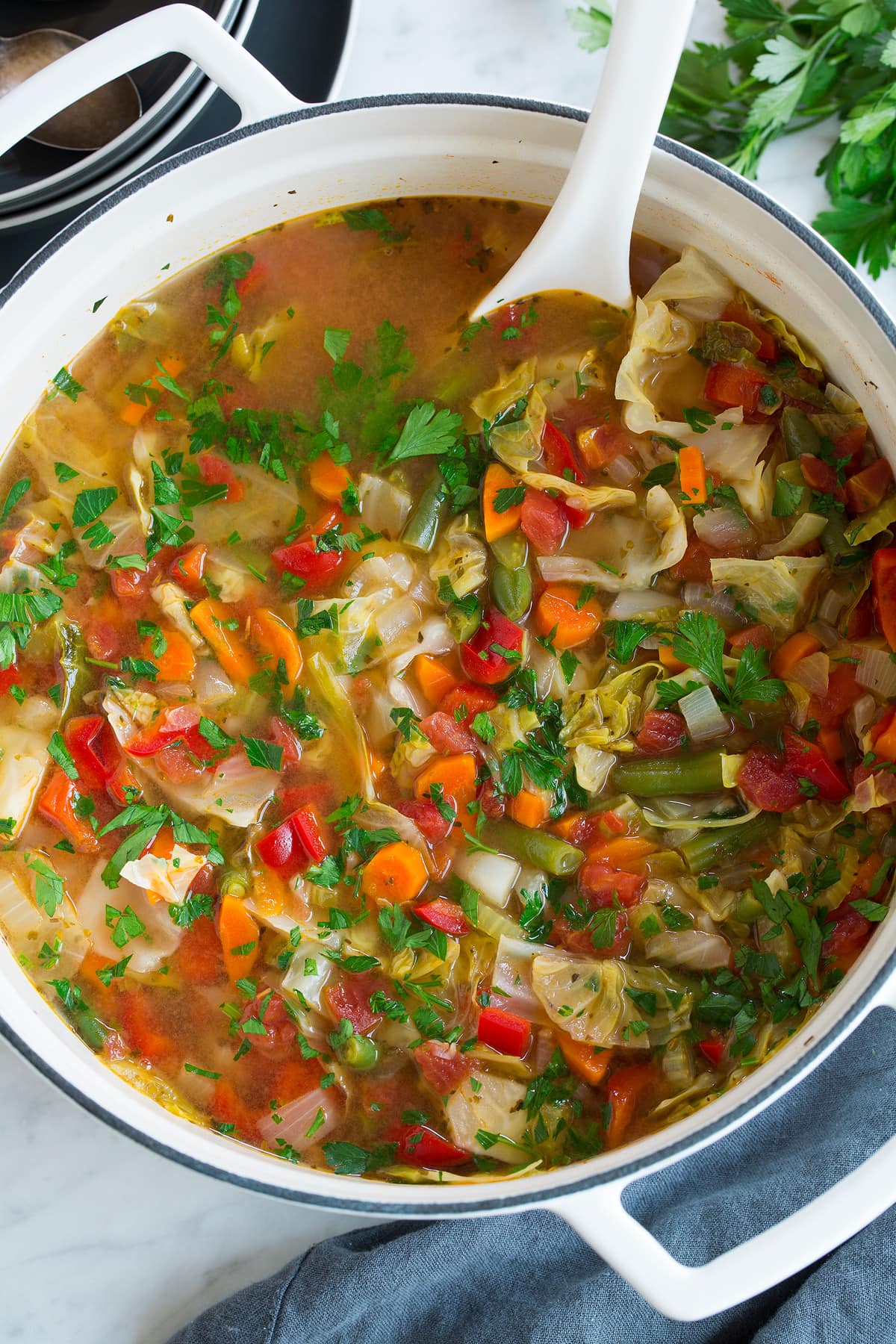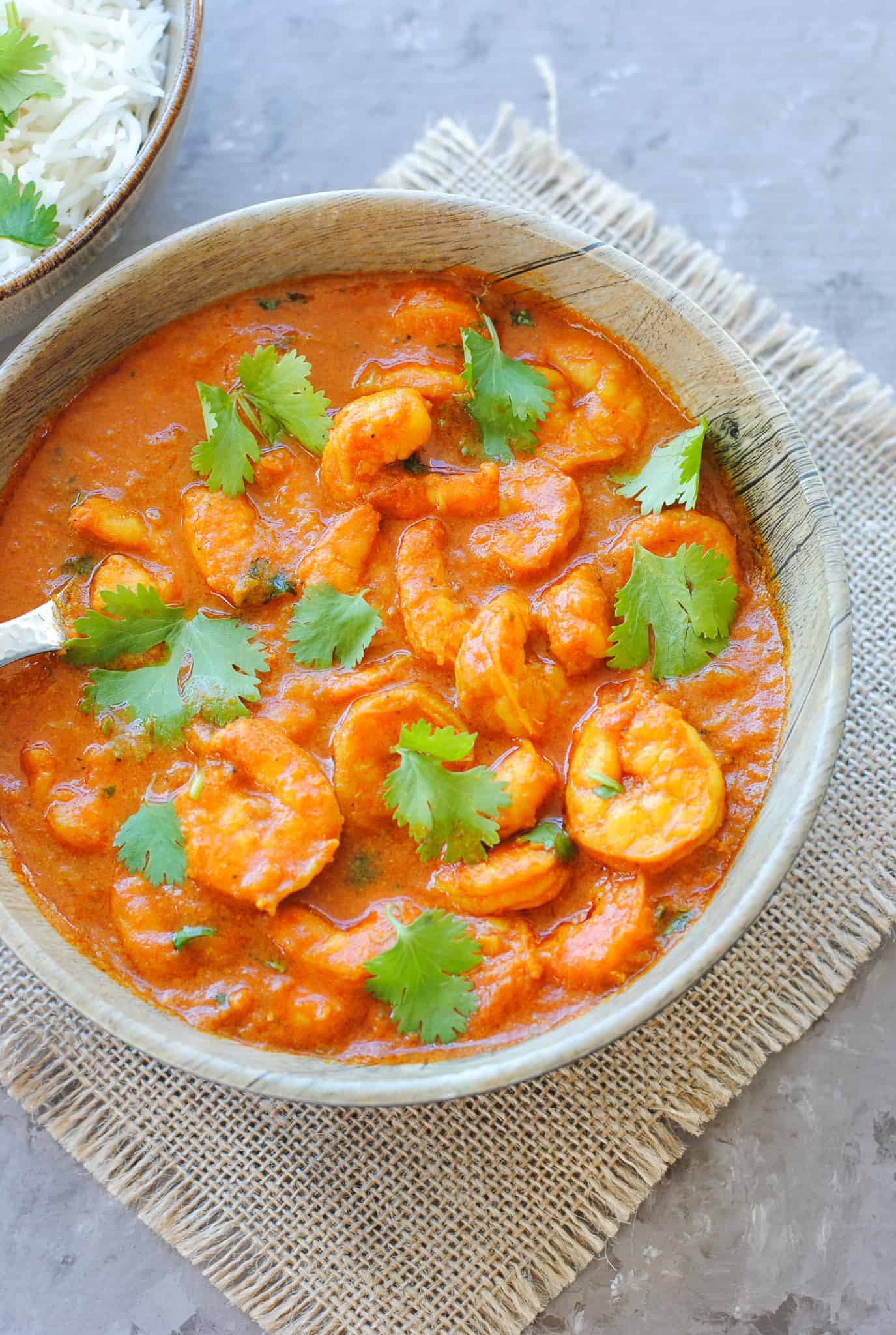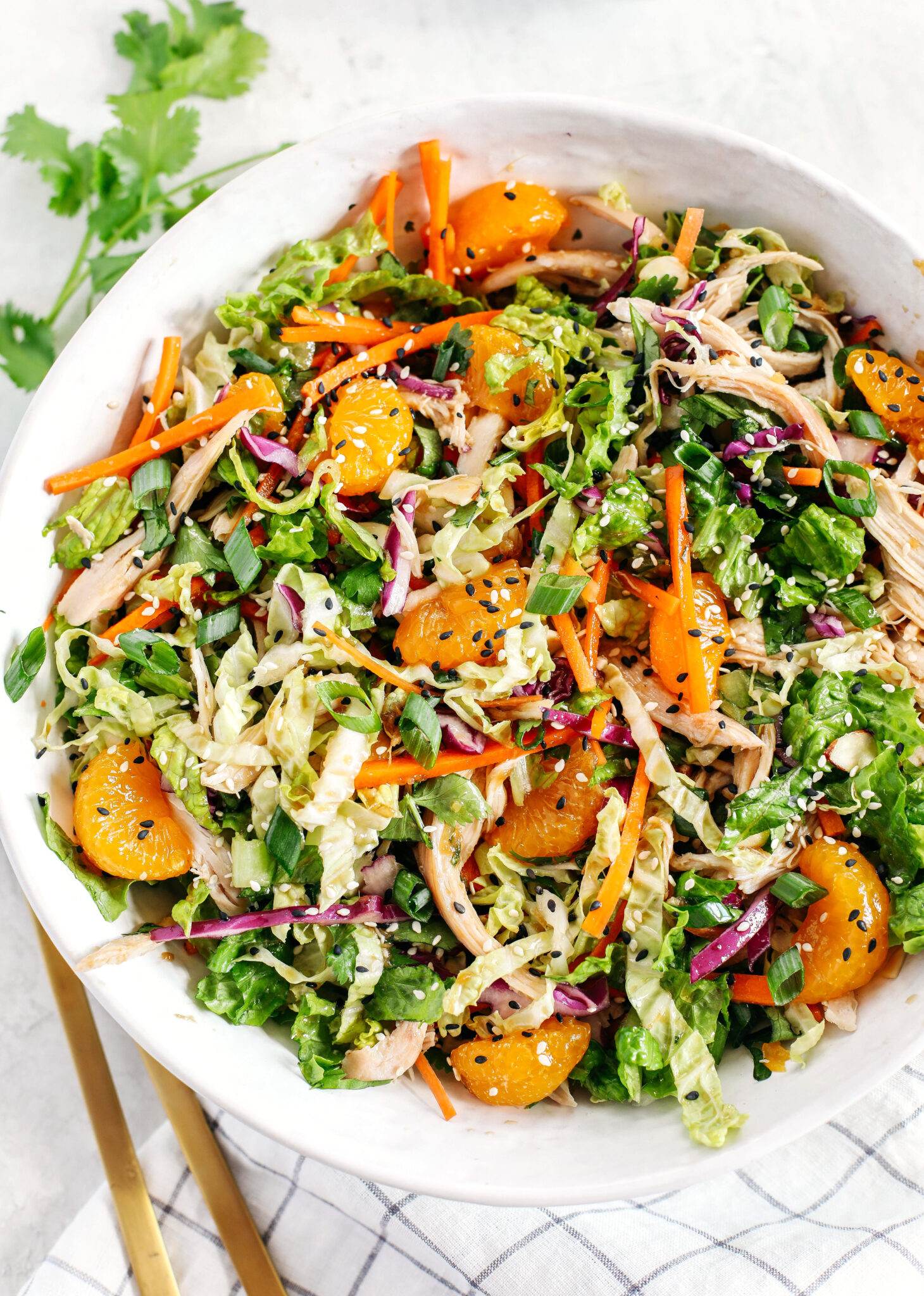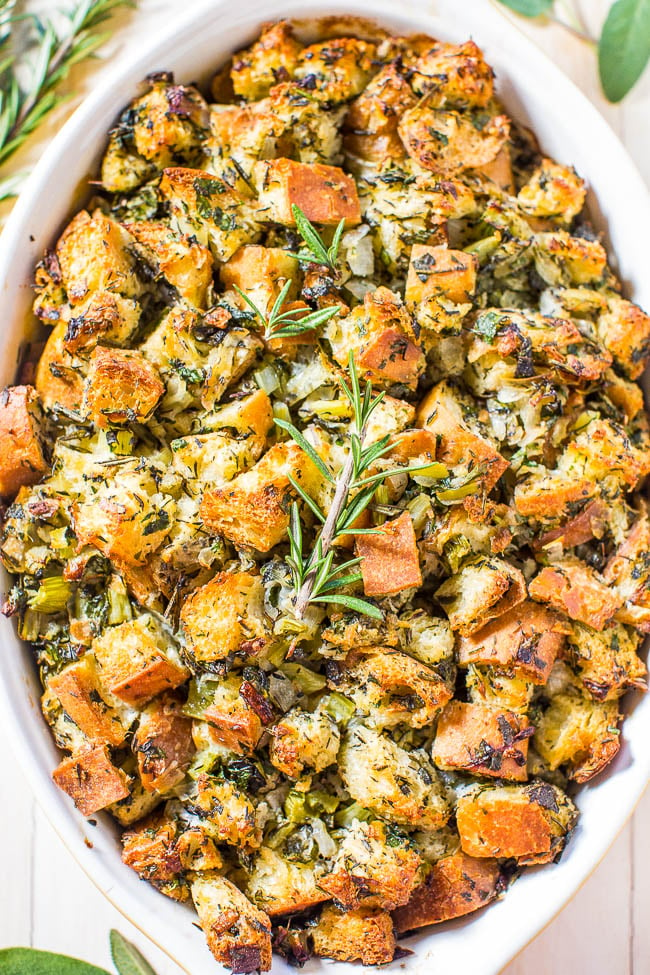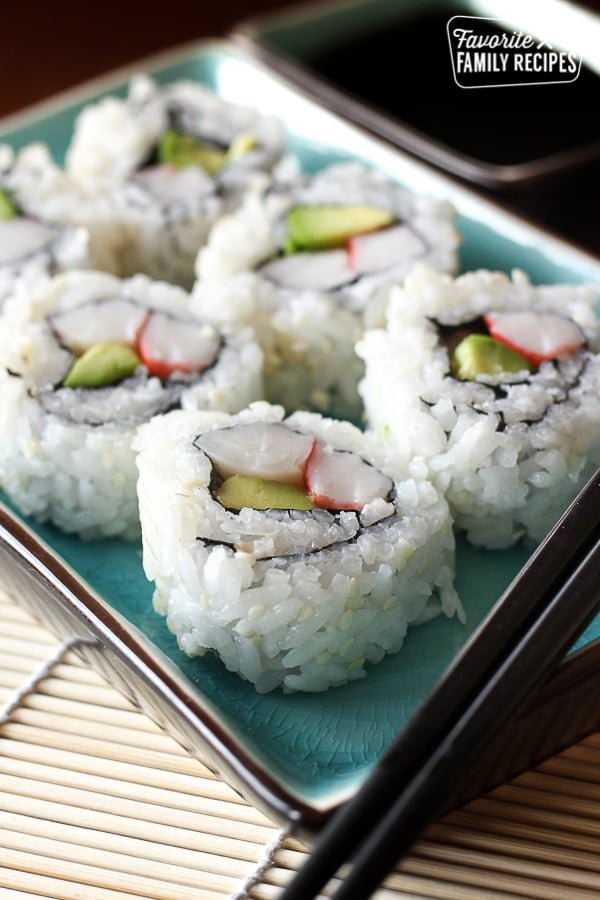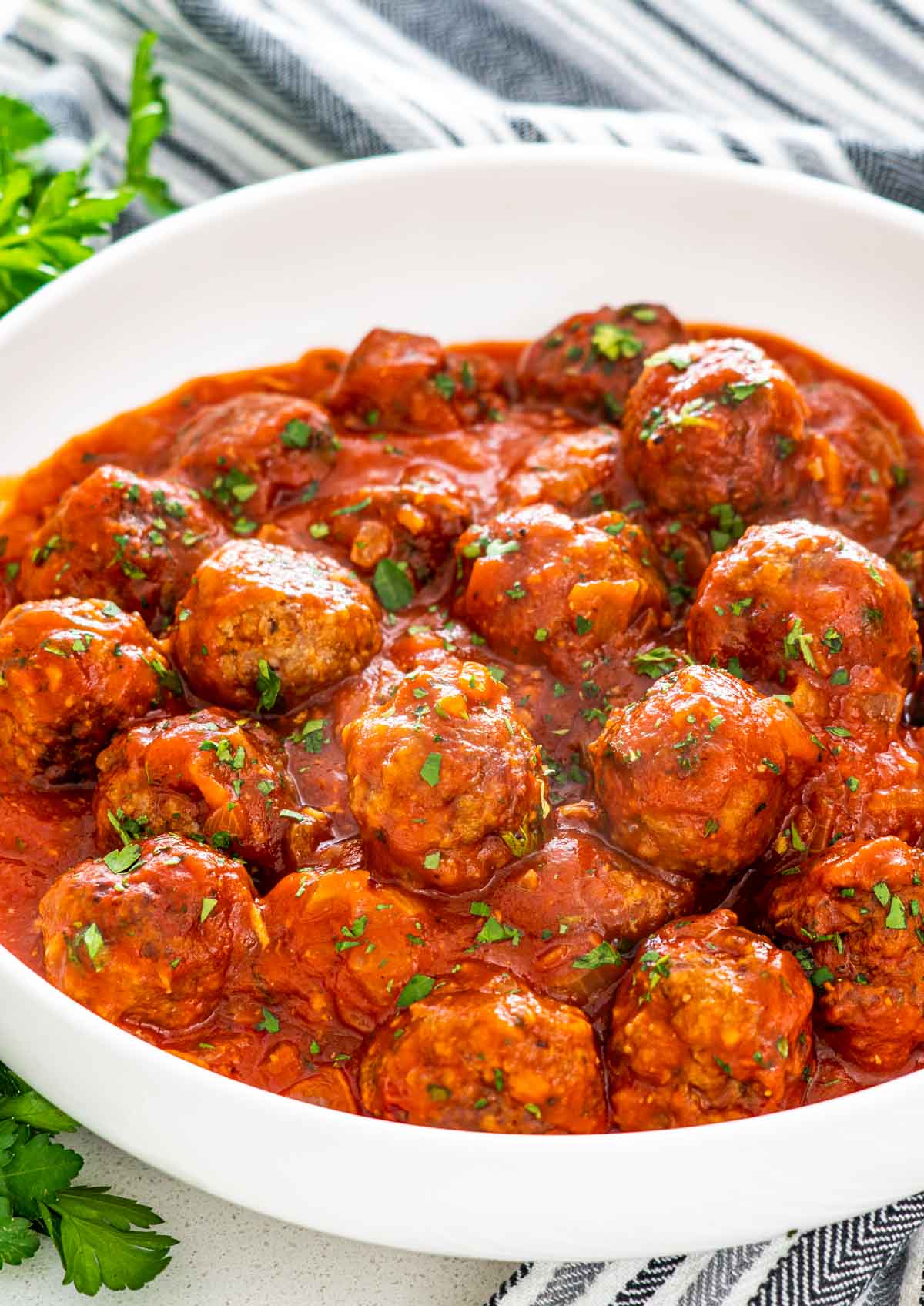Chinese cuisine has a rich and diverse history, with a wide range of regional variations and flavors. From fiery Sichuan dishes to delicate Cantonese dim sum, Chinese cuisine is beloved by people all over the world. In this article, we will explore the art of Chinese cooking and provide you with a comprehensive recipe menu that will take your taste buds on a journey through the flavors of China.
The Art of Chinese Cooking: Tradition and Innovation
Chinese cuisine is not only about satisfying hunger, but also about nourishing the body and soul. For thousands of years, Chinese cooking has been heavily influenced by the country's geography, climate, and cultural traditions. This has resulted in a diverse and complex cuisine that is constantly evolving with new techniques and ingredients.
One of the key principles of Chinese cooking is the balance of flavors and textures. This is achieved by using a combination of five key flavors: sweet, sour, salty, bitter, and umami. Each dish is carefully crafted to achieve a harmonious balance of these flavors, creating a unique and delicious experience for the palate.
Regional Variations: Exploring the Flavors of China
China is a vast country with a diverse range of climates and landscapes, which has led to distinct regional variations in cuisine. Some of the most well-known and beloved regional cuisines include Sichuan, Cantonese, and Shanghainese.
Sichuan cuisine, also known as "the cuisine of spice," is characterized by its bold and fiery flavors. Sichuan peppercorns, chili peppers, and garlic are commonly used to create dishes that are both flavorful and numbing. Some popular dishes from this region include Kung Pao chicken and Mapo tofu.
Cantonese cuisine, on the other hand, is known for its delicate and subtle flavors. This cuisine focuses on using fresh, seasonal ingredients and emphasizes the natural flavors of the food. Dim sum, a style of small, bite-sized dishes, is a popular Cantonese tradition that has gained popularity all over the world.
Shanghainese cuisine, with its emphasis on seafood and rich sauces, is another popular regional variation. This cuisine is heavily influenced by the city's location on the Yangtze River, with dishes such as "red-cooked" pork and "lion's head" meatballs being local favorites.
Creating Your Own Chinese Feast: A Recipe Menu
Now that we have explored the history and regional variations of Chinese cuisine, it's time to put on our aprons and get cooking! Here is a recipe menu that will help you create a delicious Chinese feast at home:
Appetizer: Shrimp and Pork Siu Mai (dim sum dumplings)
Soup: Hot and Sour Soup (a classic Sichuan dish)
Main Course: General Tso's Chicken (a popular dish from Hunan province)
Side Dish: Stir-Fried Bok Choy with Garlic (a simple and flavorful Cantonese dish)
Dessert: Red Bean Paste Buns (a sweet treat from Shanghai)
With these recipes, you can impress your friends and family with a taste of authentic Chinese cuisine. So go ahead, grab your wok and chopsticks, and get ready to embark on a delicious culinary journey through China.
The Art of Chinese Cooking: Tradition and Innovation
Chinese cuisine is not only about satisfying hunger, but also about nourishing the body and soul. For thousands of years, Chinese cooking has been heavily influenced by the country's geography, climate, and cultural traditions. This has resulted in a diverse and complex cuisine that is constantly evolving with new techniques and ingredients.
One of the key principles of Chinese cooking is the balance of flavors and textures. This is achieved by using a combination of sweet, sour, salty, bitter, and umami flavors. Each dish is carefully crafted to achieve a harmonious balance of these flavors, creating a unique and delicious experience for the palate.
Regional Variations: Exploring the Flavors of China
China is a vast country with a diverse range of climates and landscapes, which has led to distinct regional variations in cuisine. Some of the most well-known and beloved regional cuisines include Sichuan, Cantonese, and Shanghainese.
Sichuan cuisine, also known as "the cuisine of spice," is characterized by its bold and fiery flavors. Sichuan peppercorns, chili peppers, and garlic are commonly used to create dishes that are both flavorful and numbing. Some popular dishes from this region include Kung Pao chicken and Mapo tofu.
Cantonese cuisine, on the other hand, is known for its delicate and subtle flavors. This cuisine focuses on using fresh, seasonal ingredients and emphasizes the natural flavors of the food. Dim sum, a style of small, bite-sized dishes, is a popular Cantonese tradition that has gained popularity all over the world.
Shanghainese cuisine, with its emphasis on seafood and rich sauces, is another popular regional variation. This cuisine is heavily influenced by the city's location on the Yangtze River, with dishes such as "red-cooked" pork and "lion's head" meatballs being local favorites.
Creating Your Own Chinese Feast: A Recipe Menu
Now that we have explored the history and regional variations of Chinese cuisine, it's time to put on our aprons and get cooking! Here is a recipe menu that will help you create a delicious Chinese feast at home:
Appetizer: Shrimp and Pork Siu Mai (dim sum dumplings)
Soup: Hot and Sour Soup (a classic Sichuan dish)
Main Course: General Tso's Chicken (a popular dish from Hunan province)
Side Dish: Stir-Fried Bok Choy with Garlic (a simple and flavorful Cantonese dish)
Dessert: Red Bean Paste Buns (a sweet treat from Shanghai)
With these recipes, you can impress your friends and family with a taste of authentic Chinese cuisine. So go ahead, grab your wok and chopsticks, and get ready to embark on a delicious culinary journey through China.

